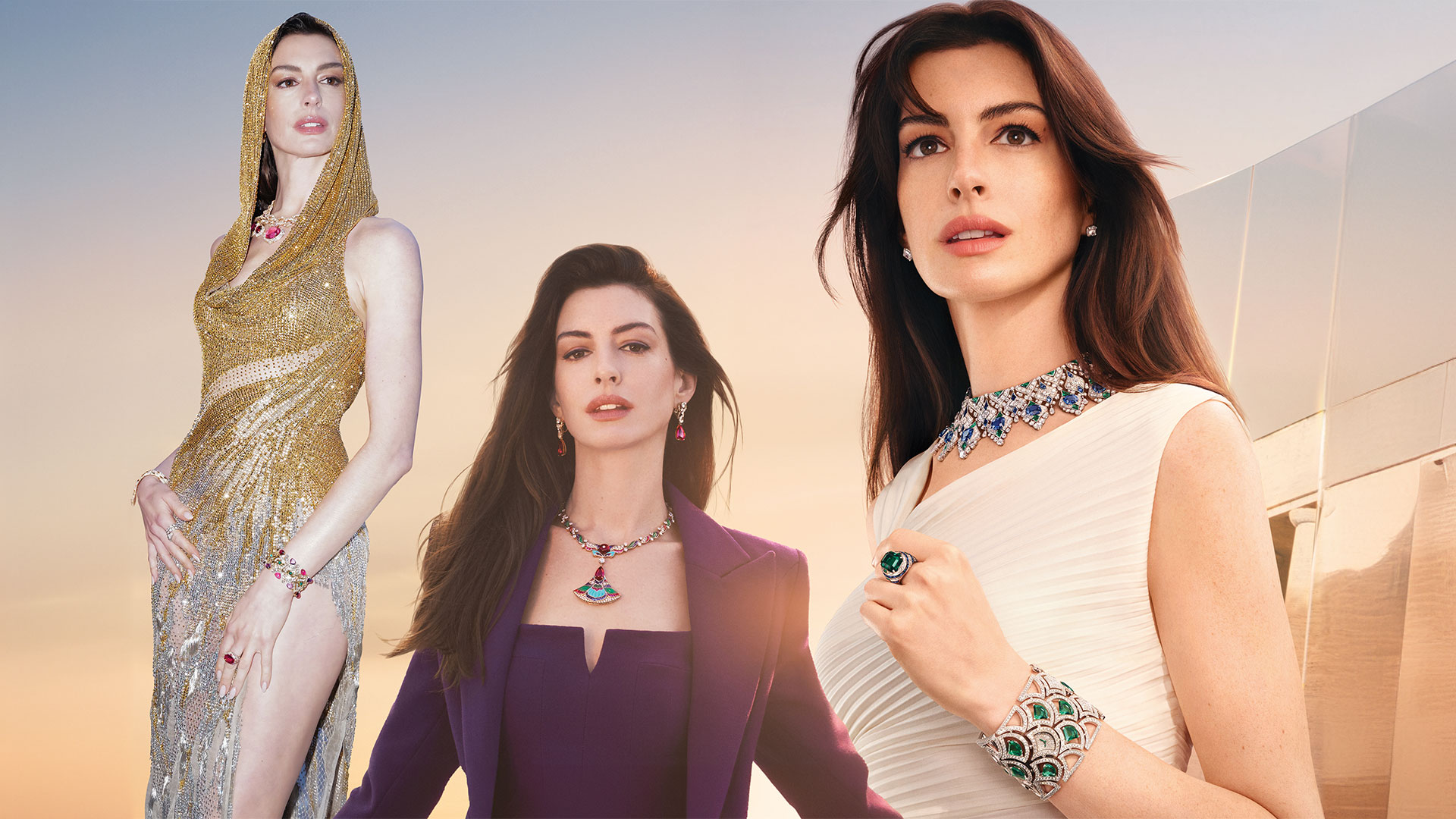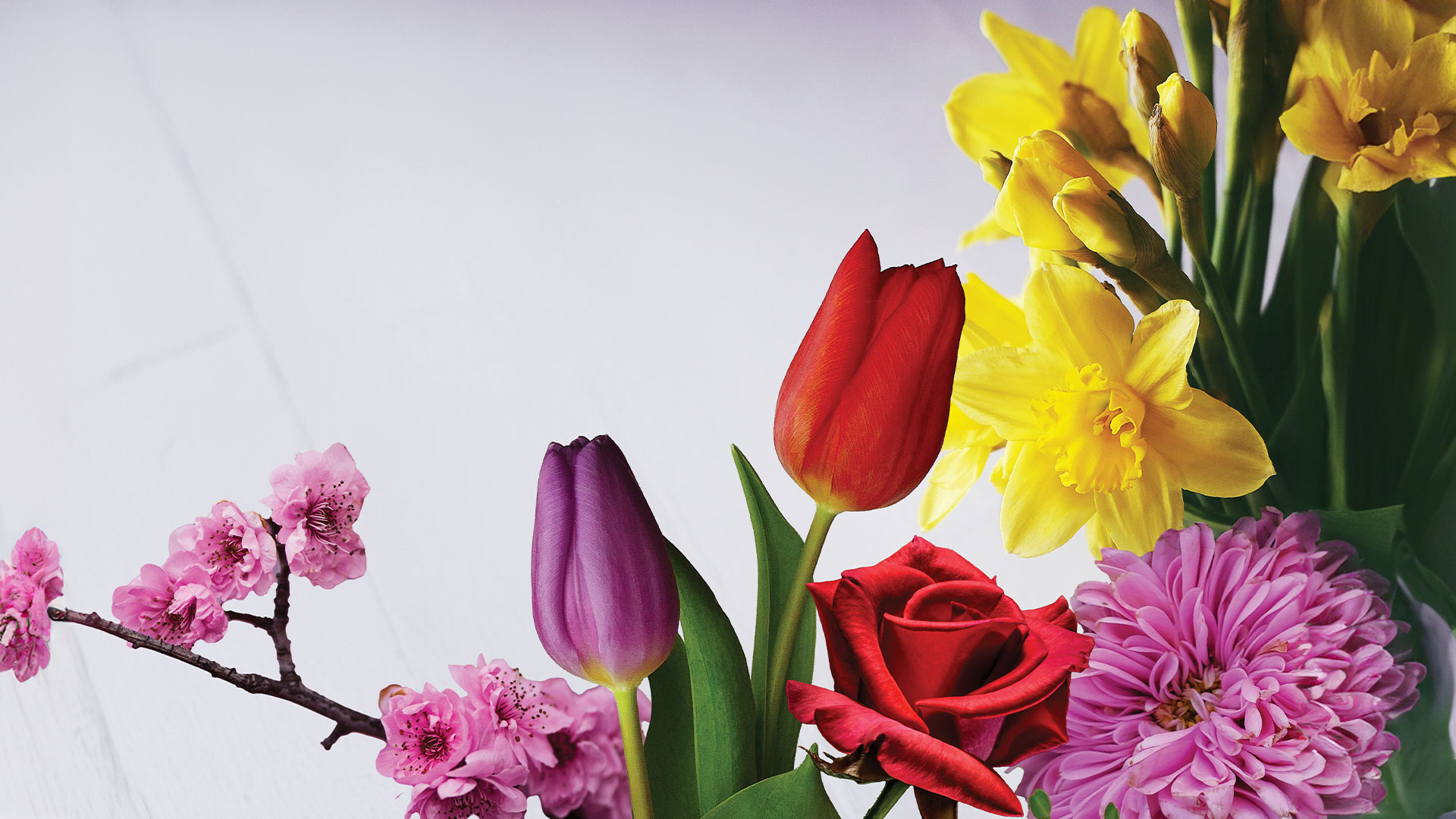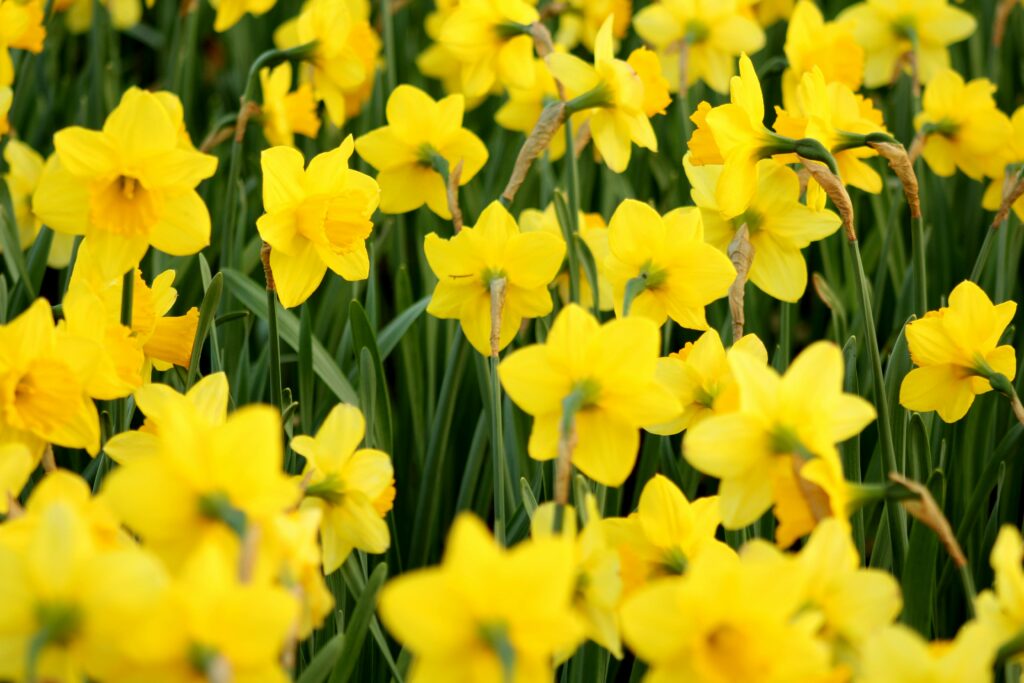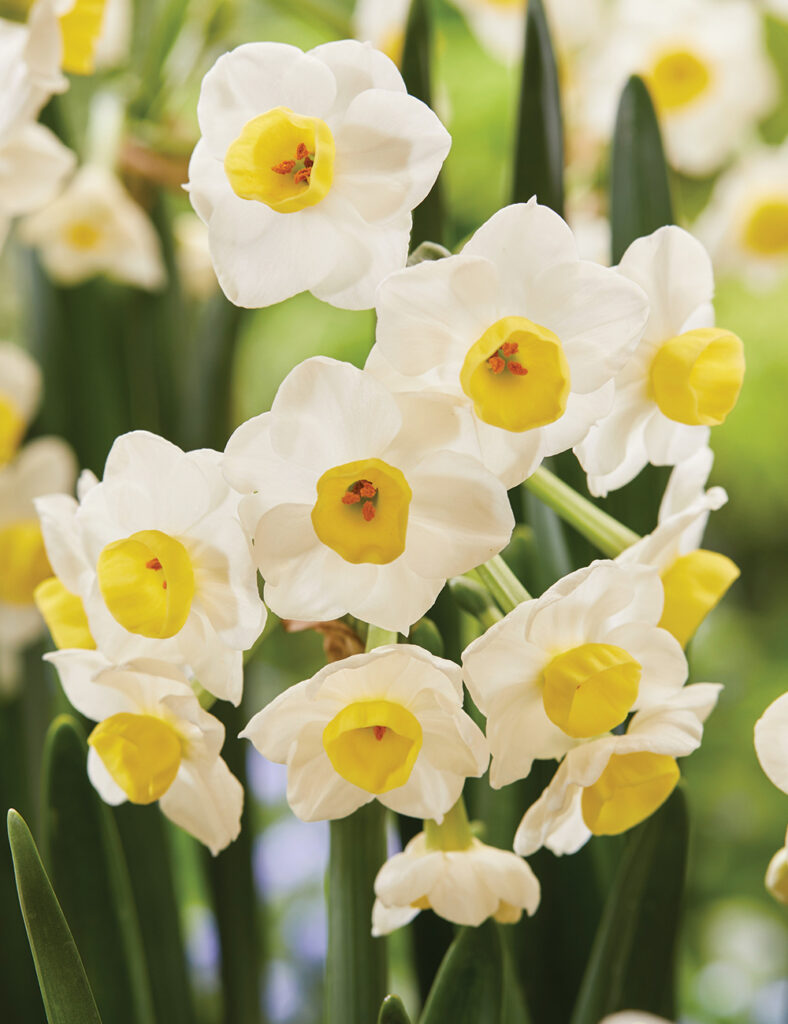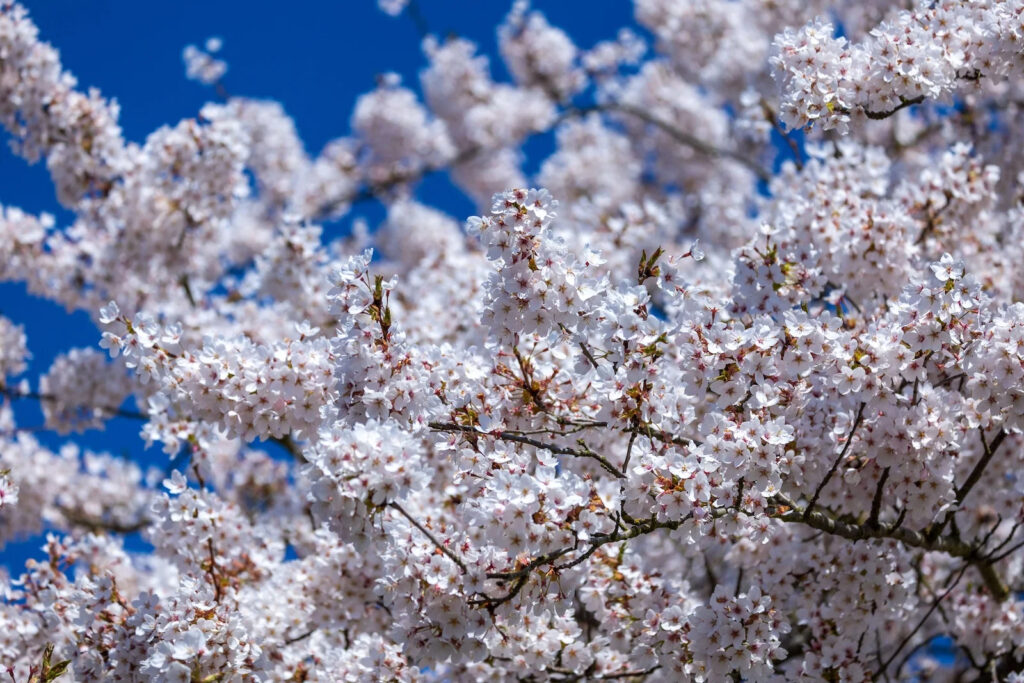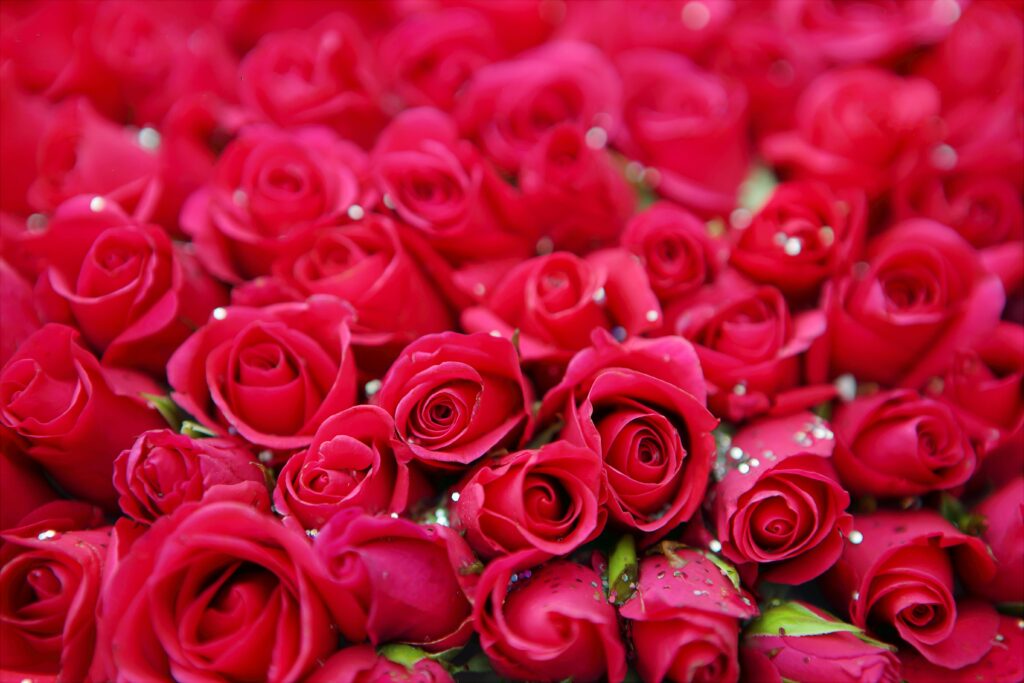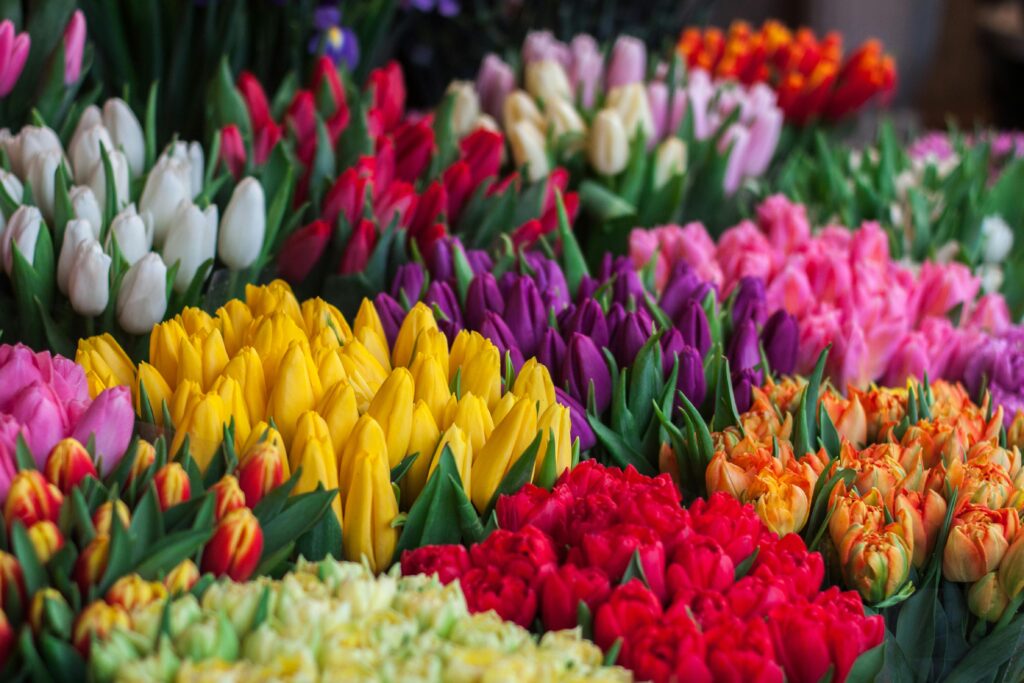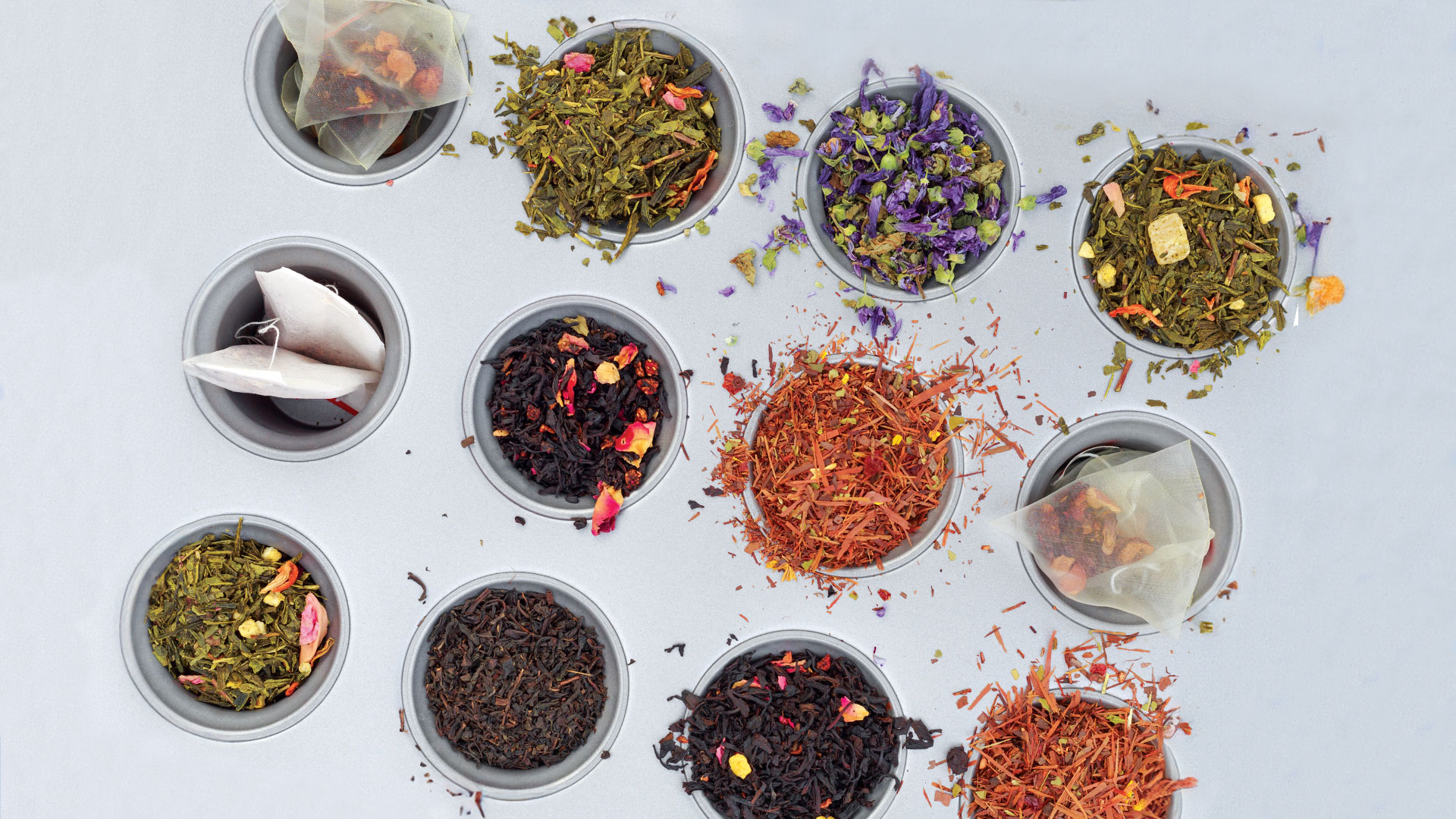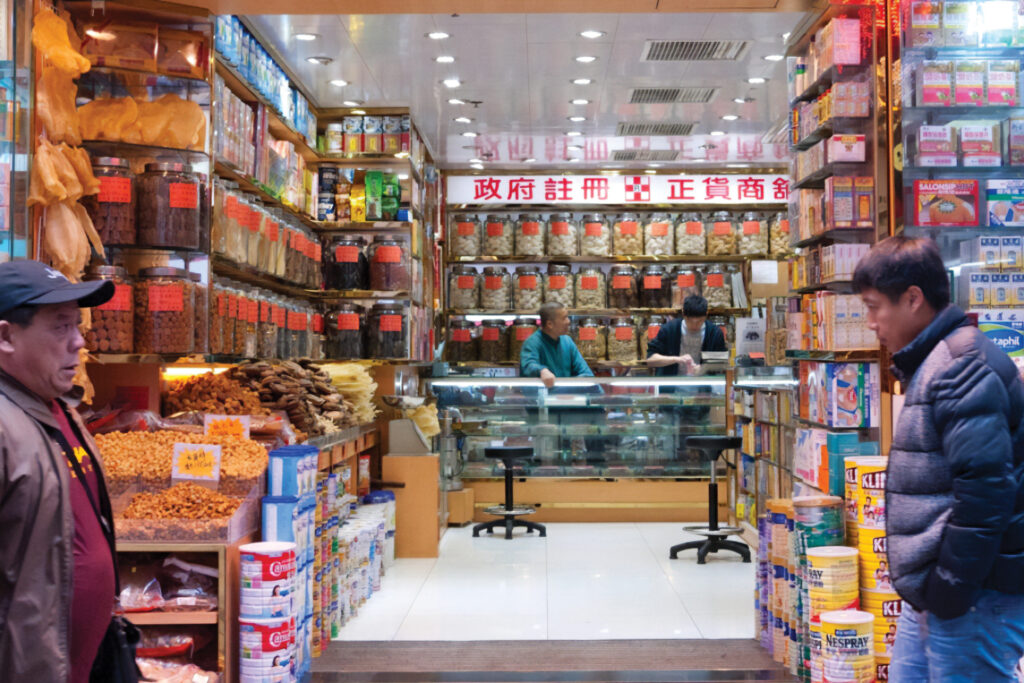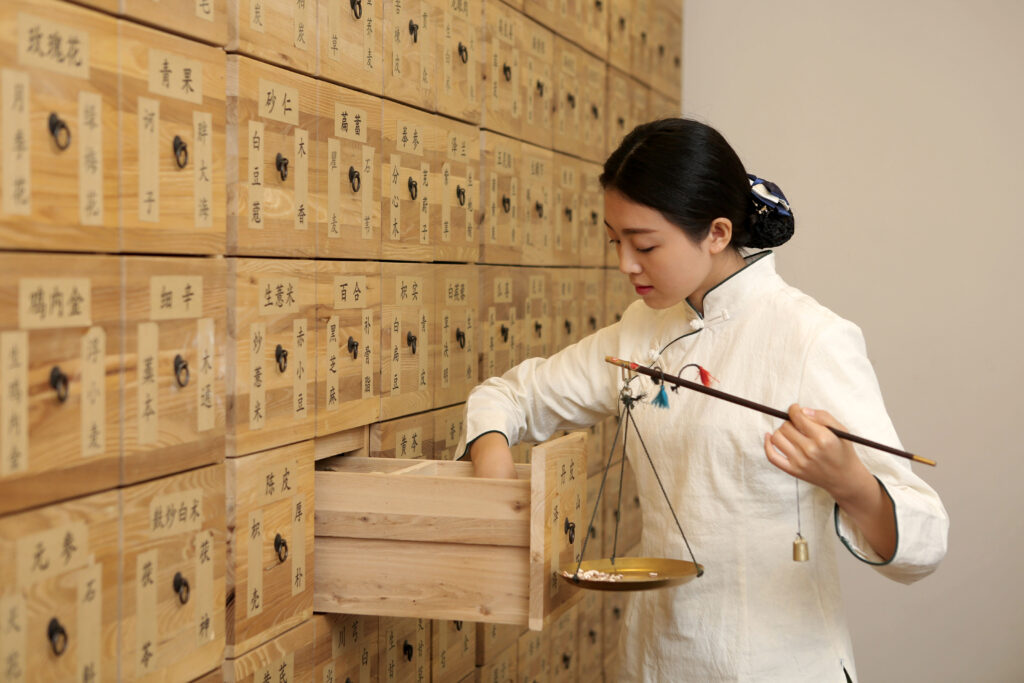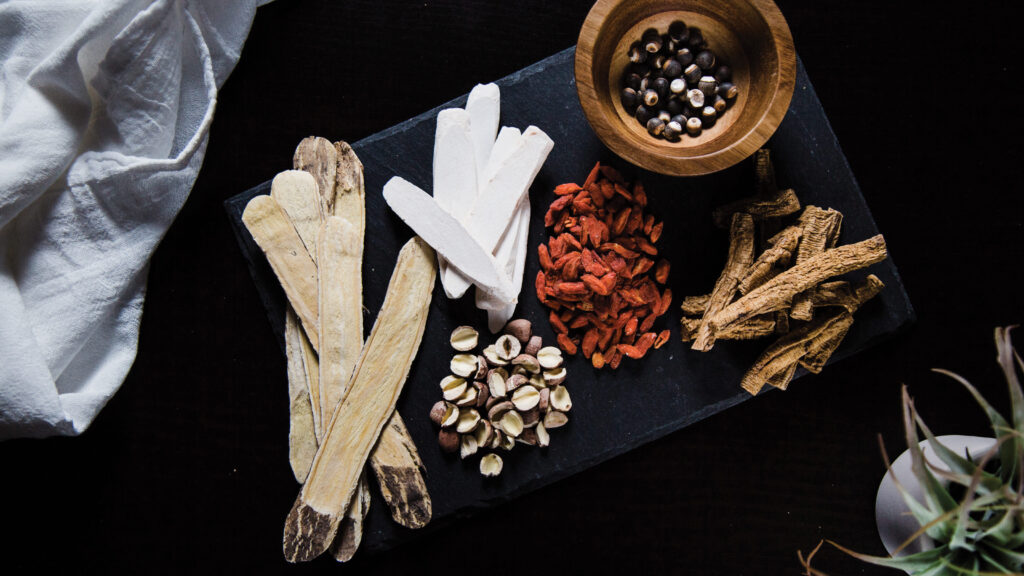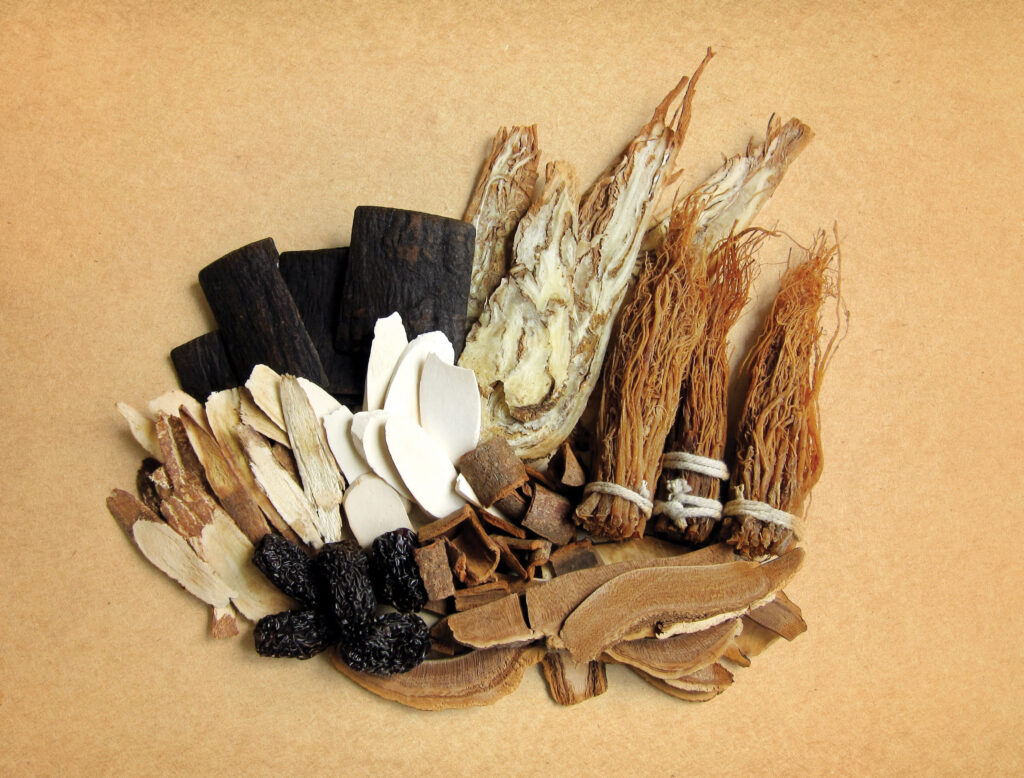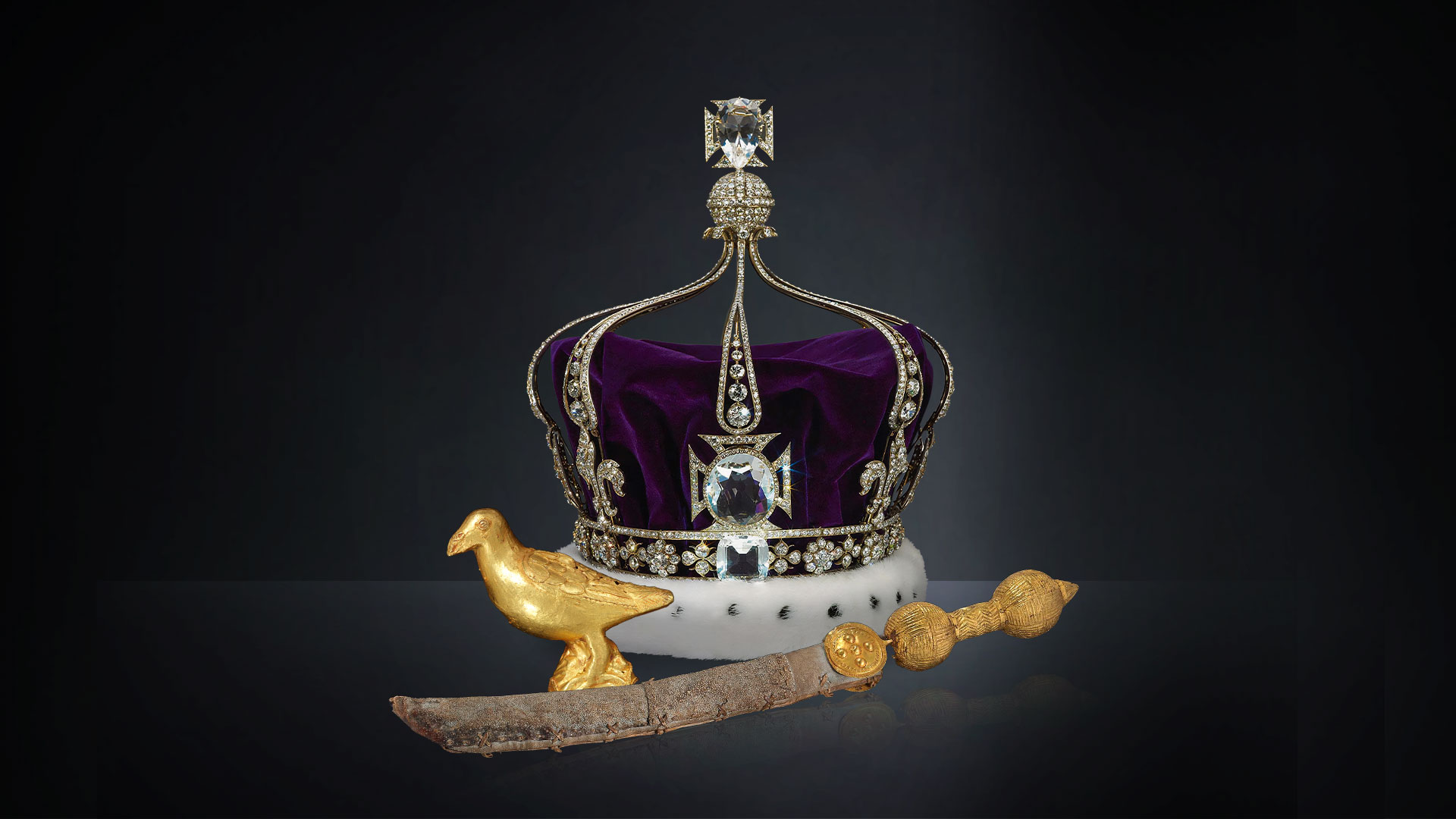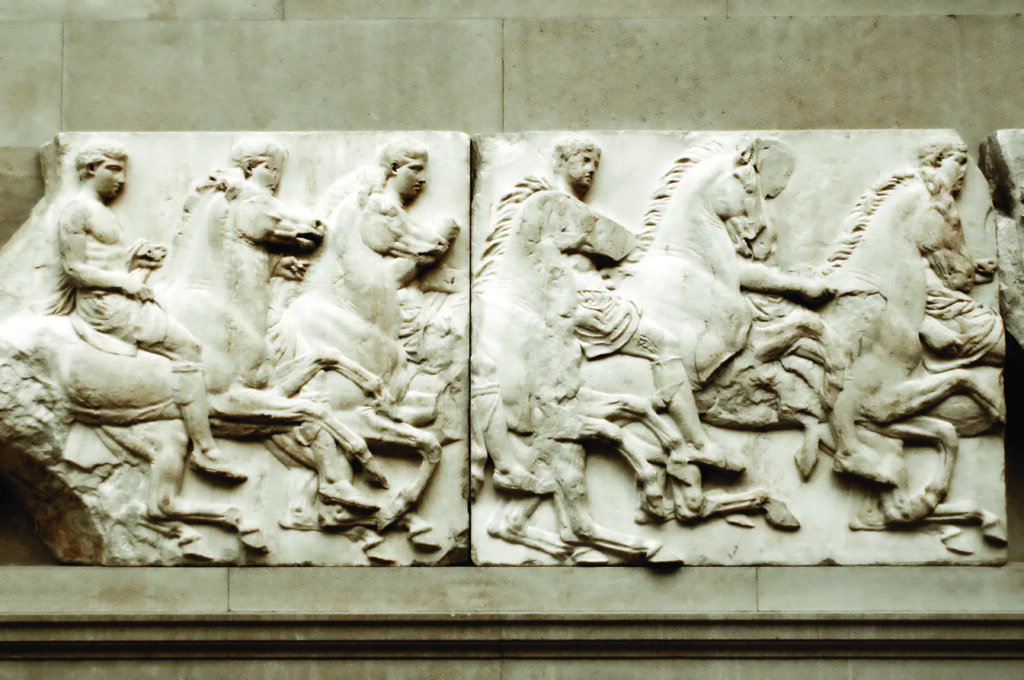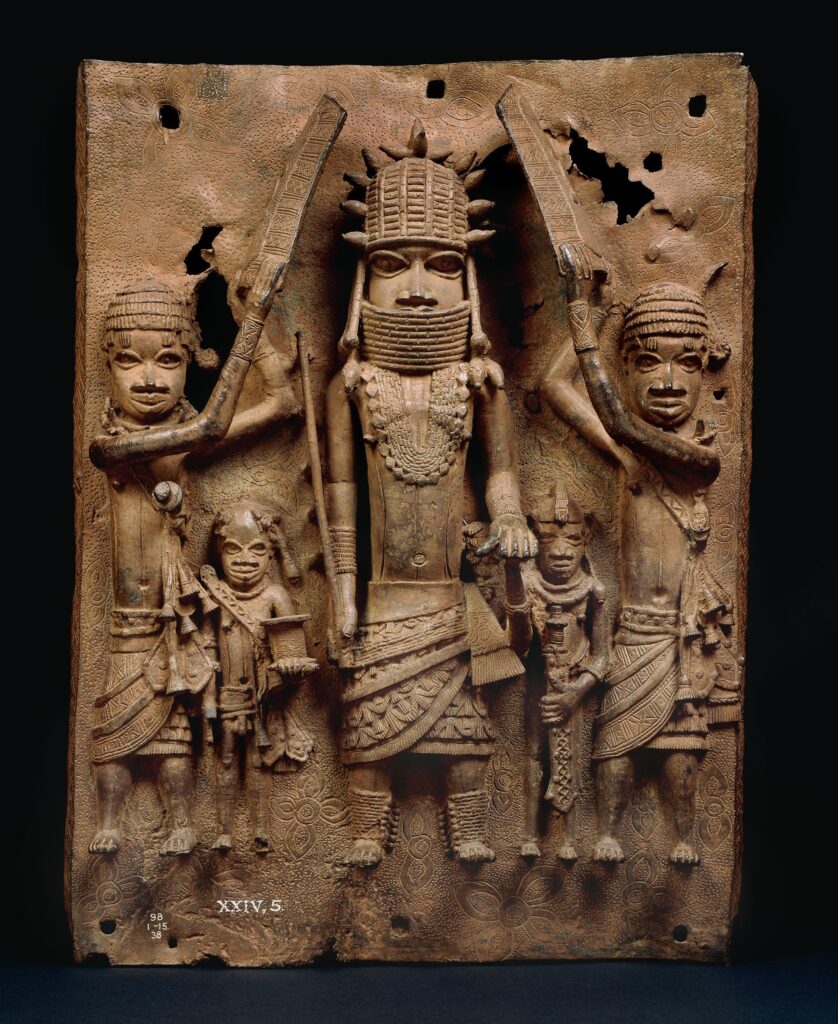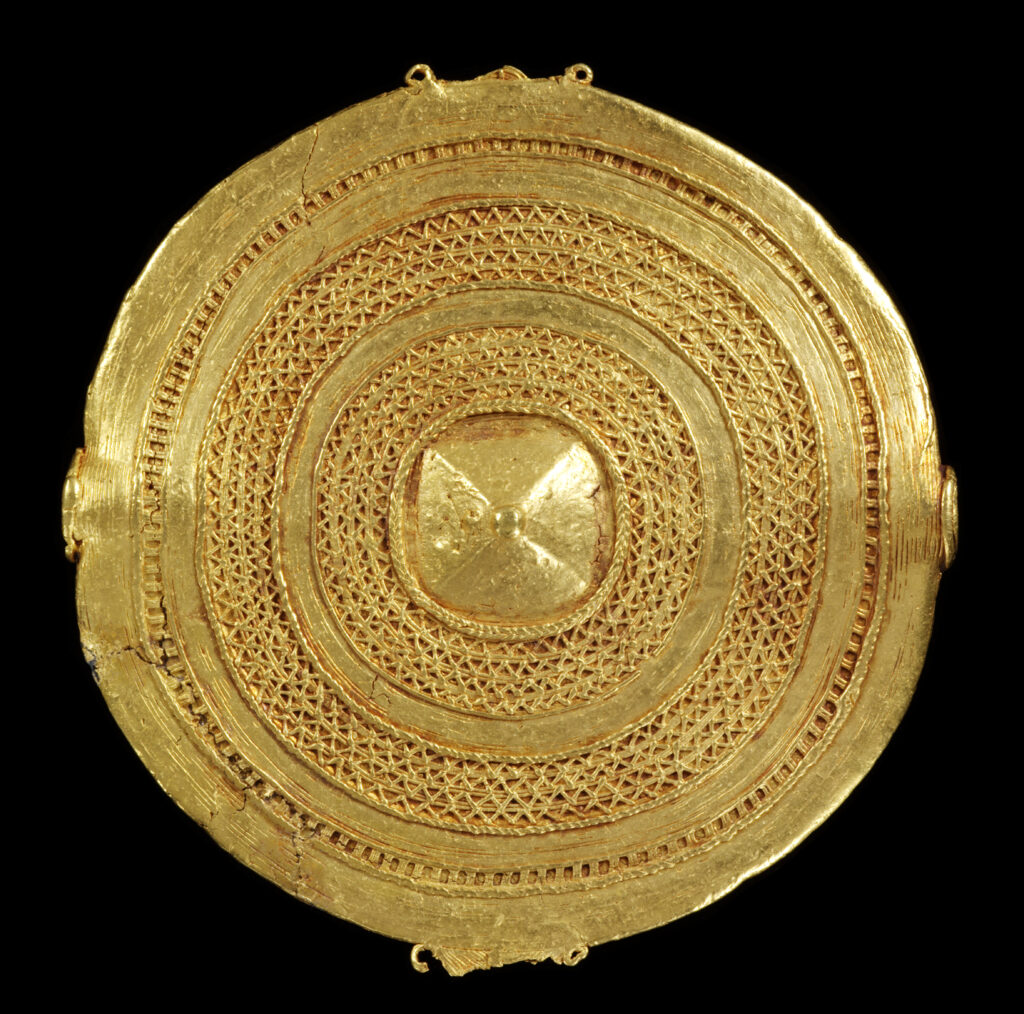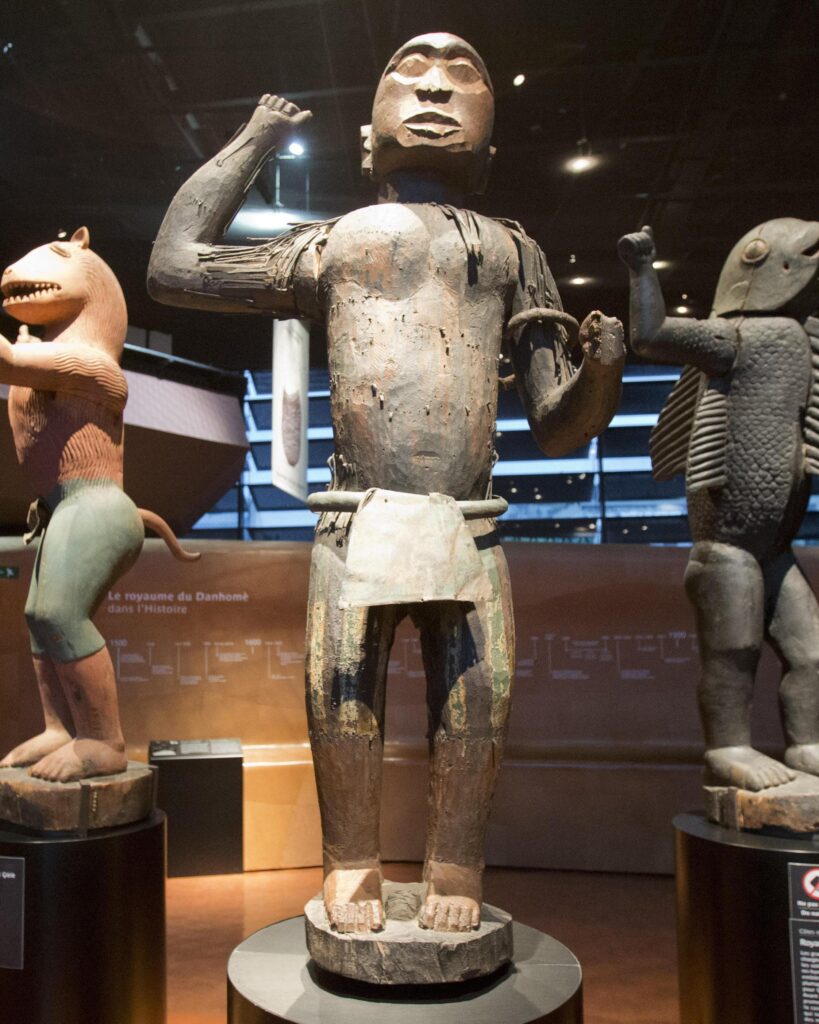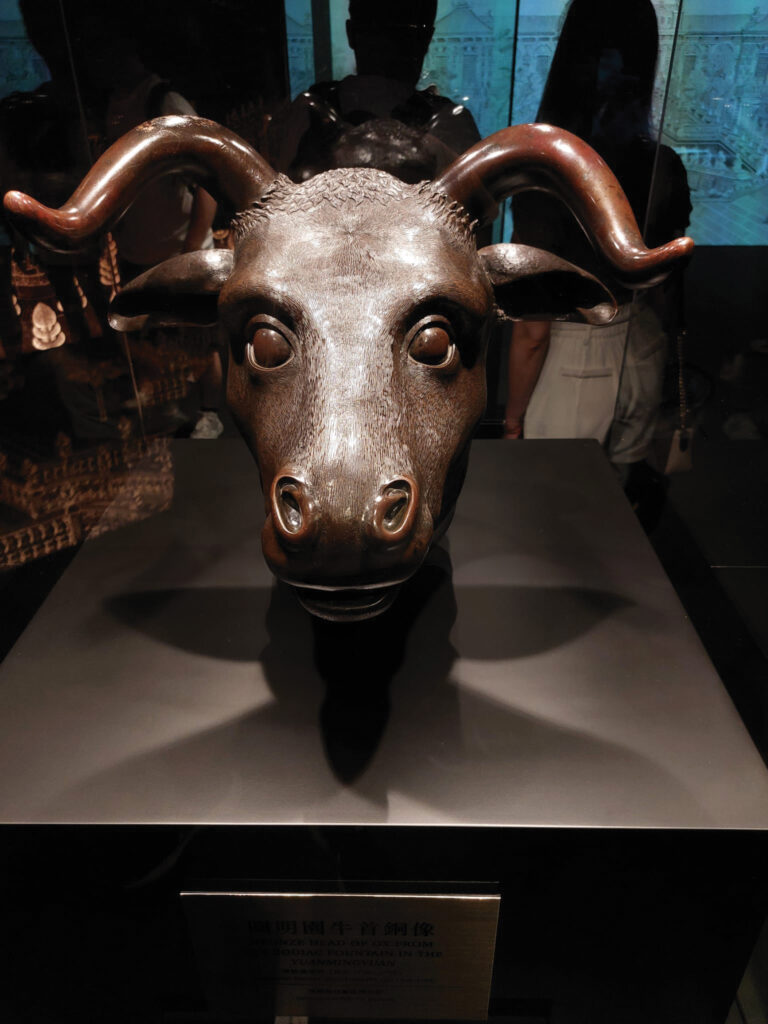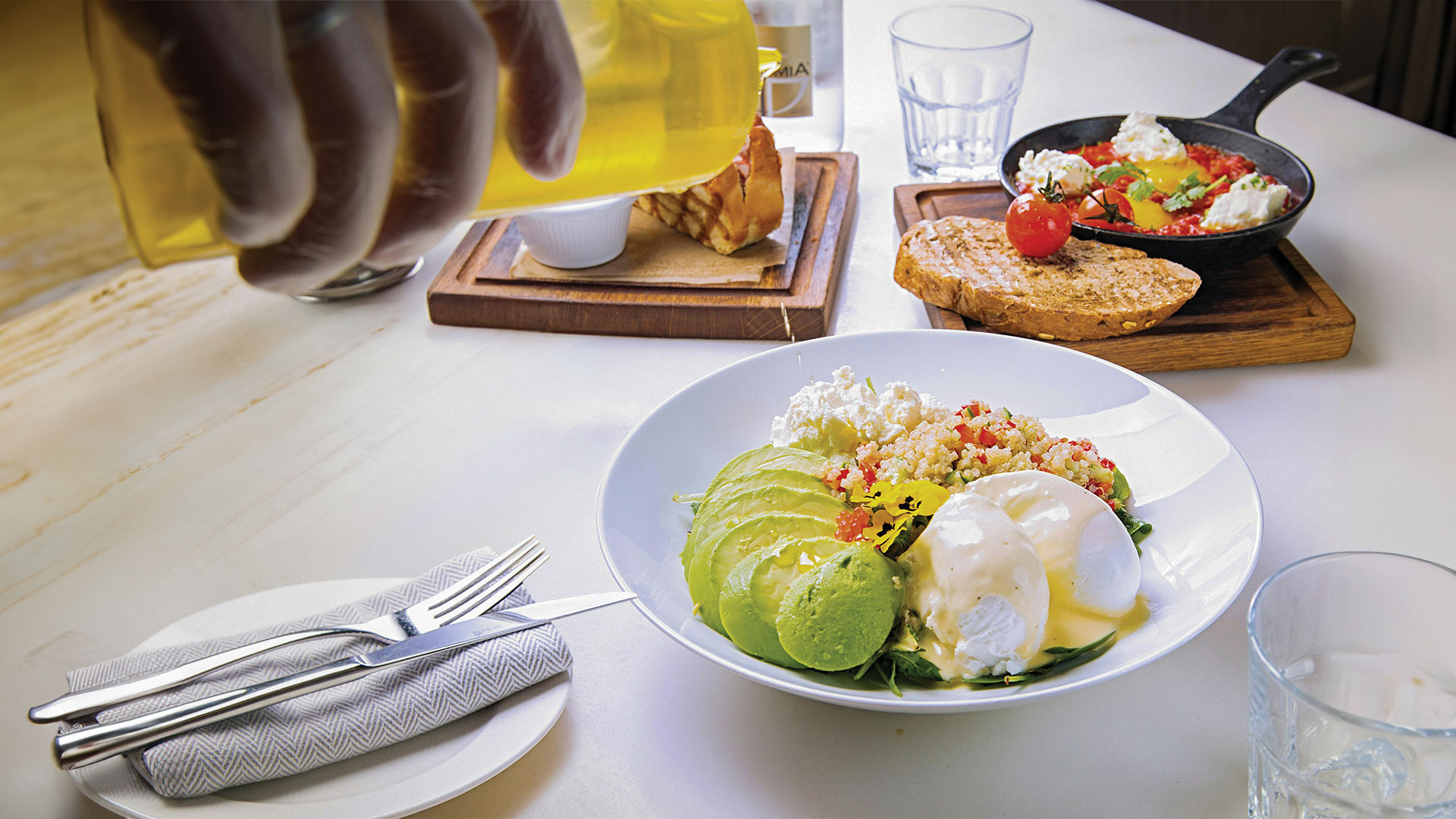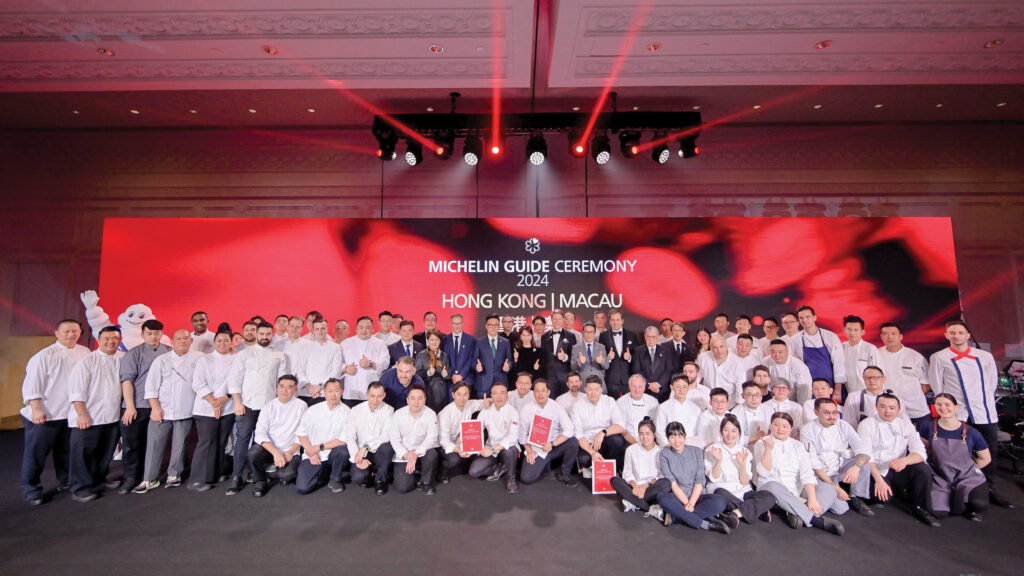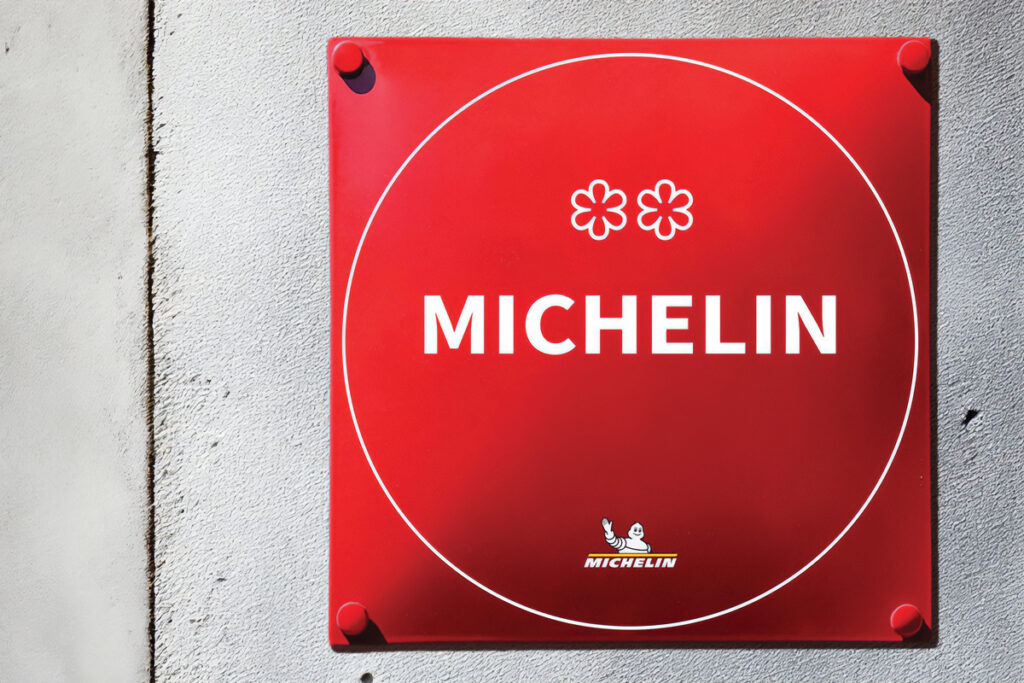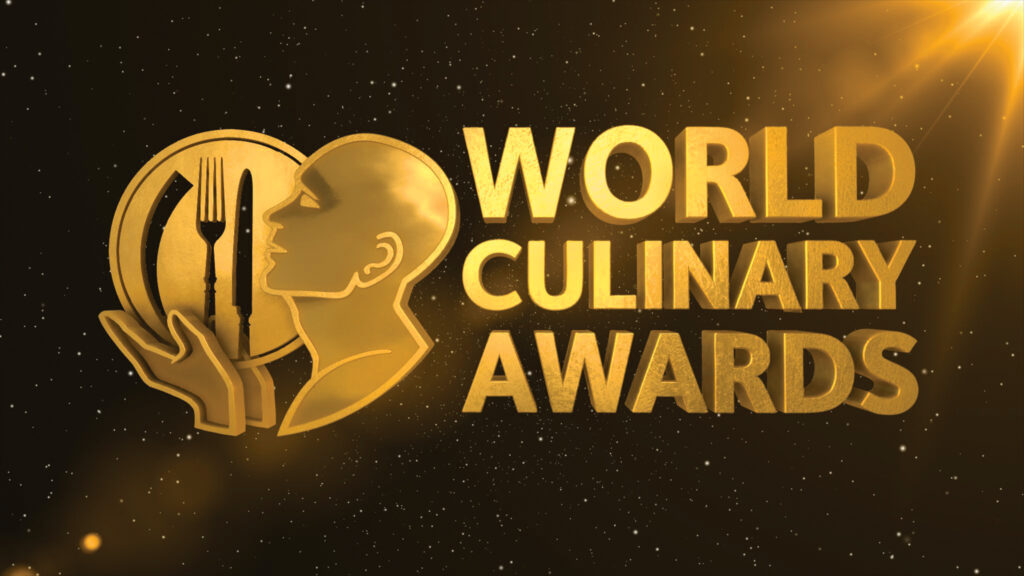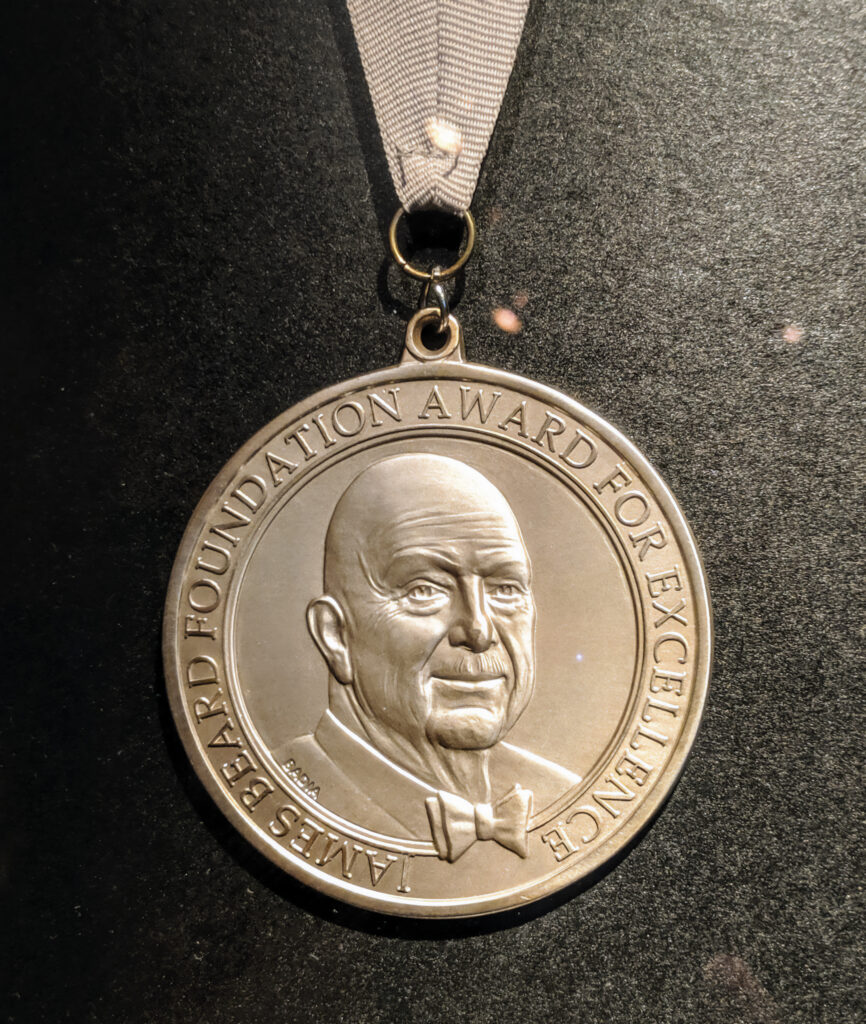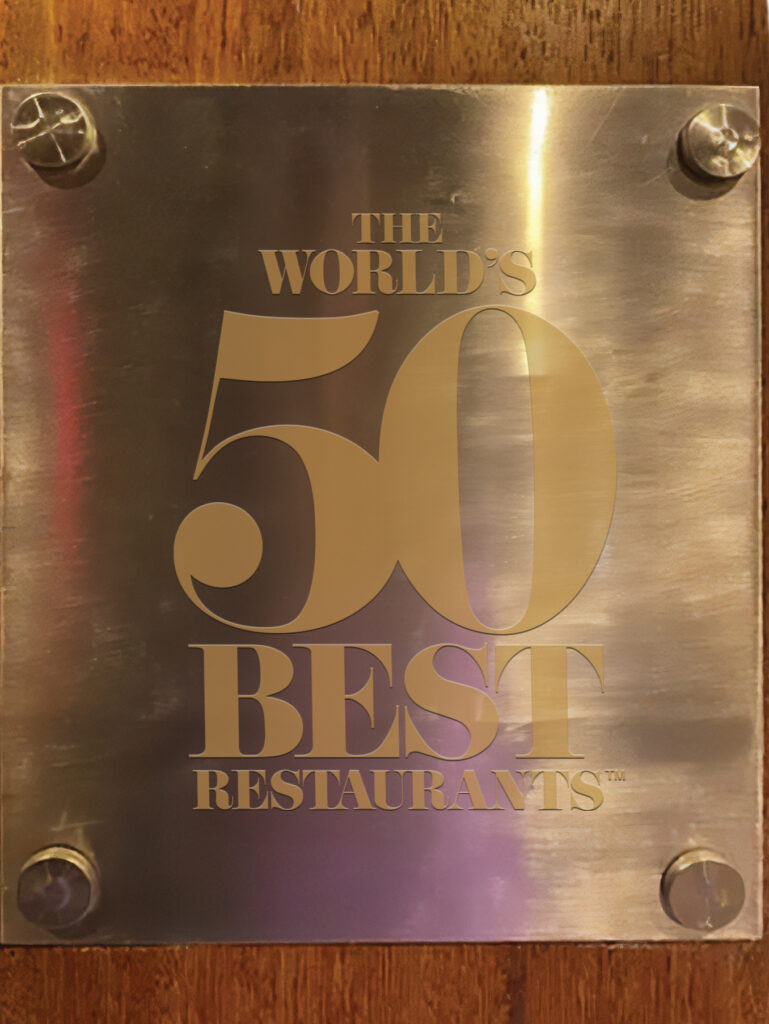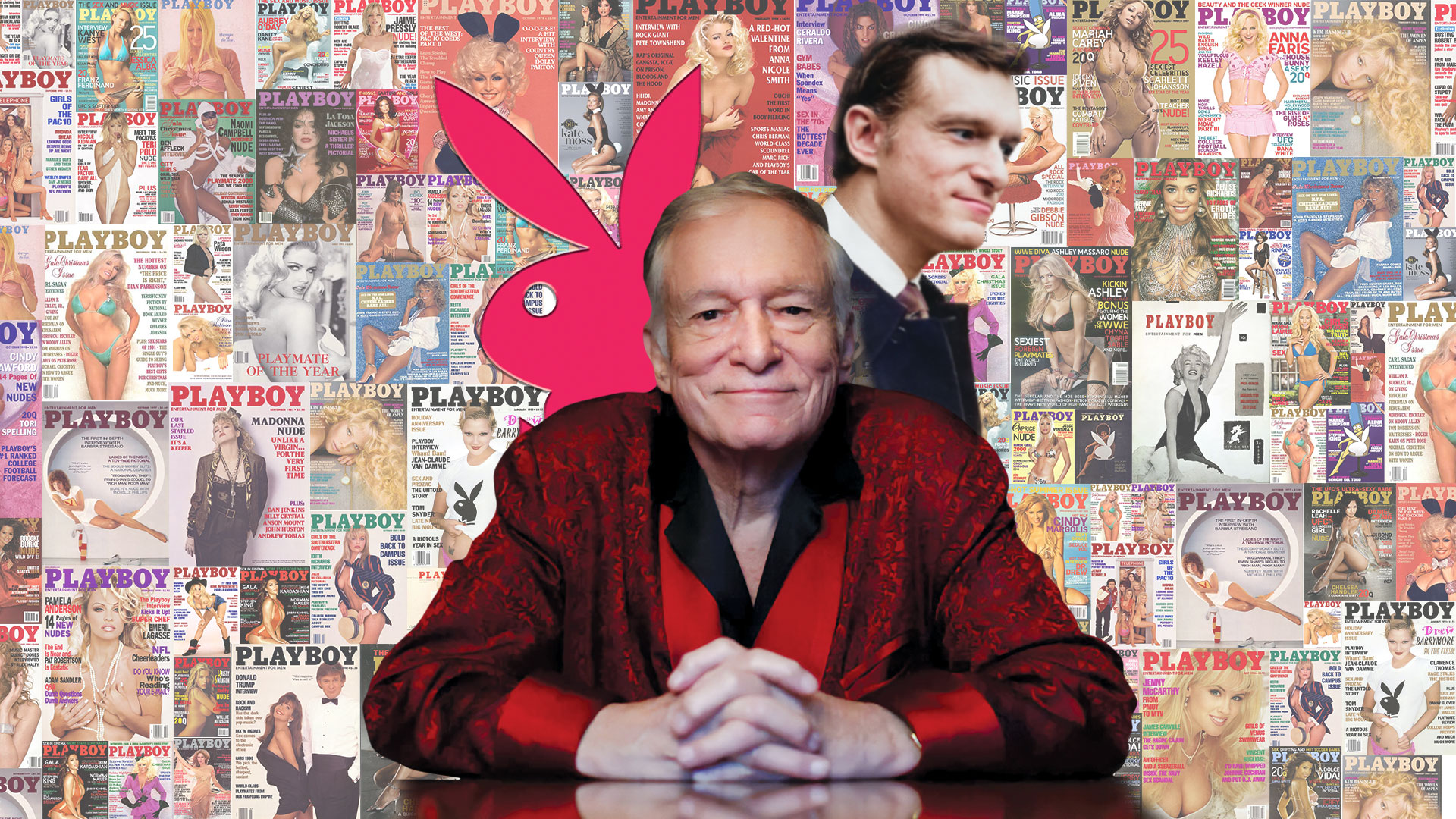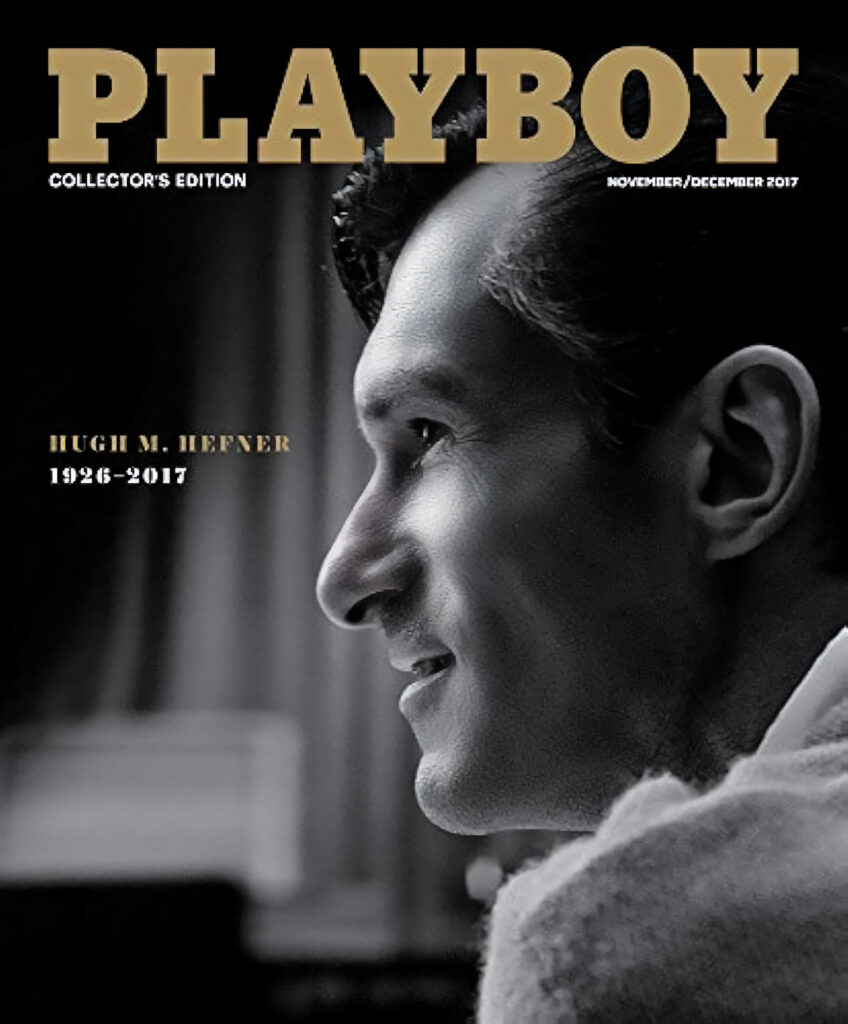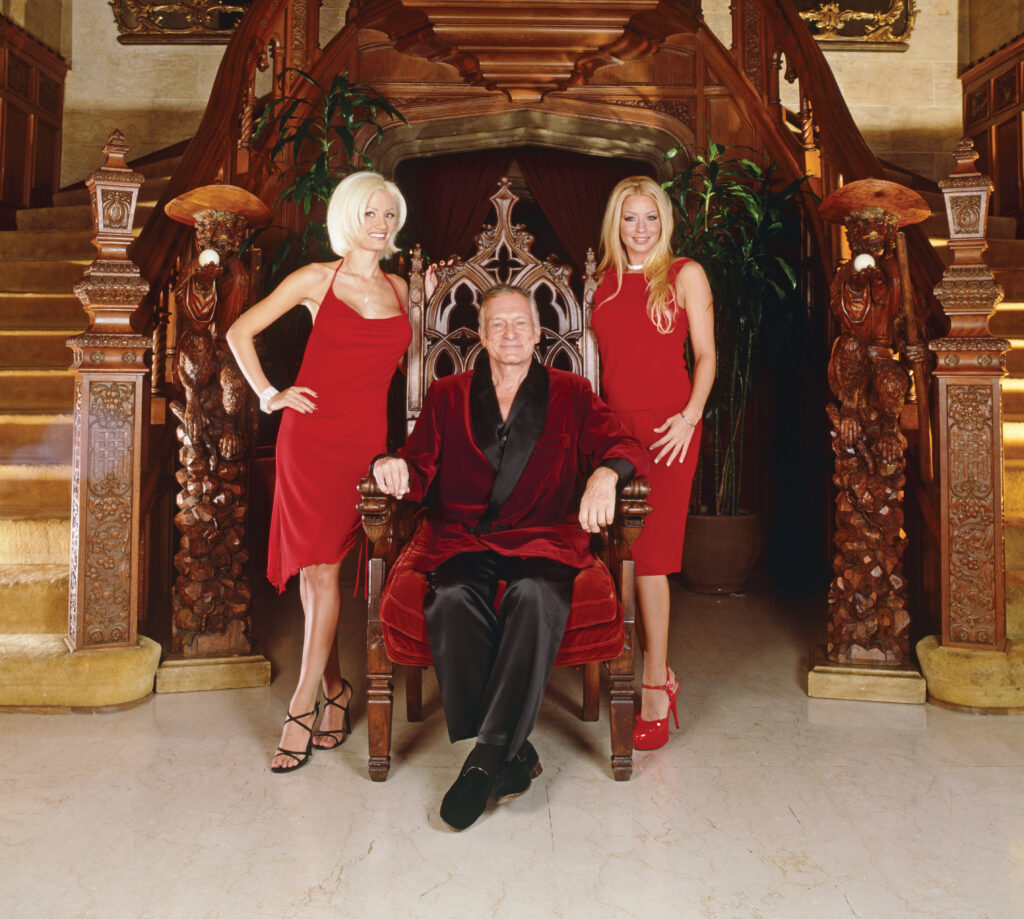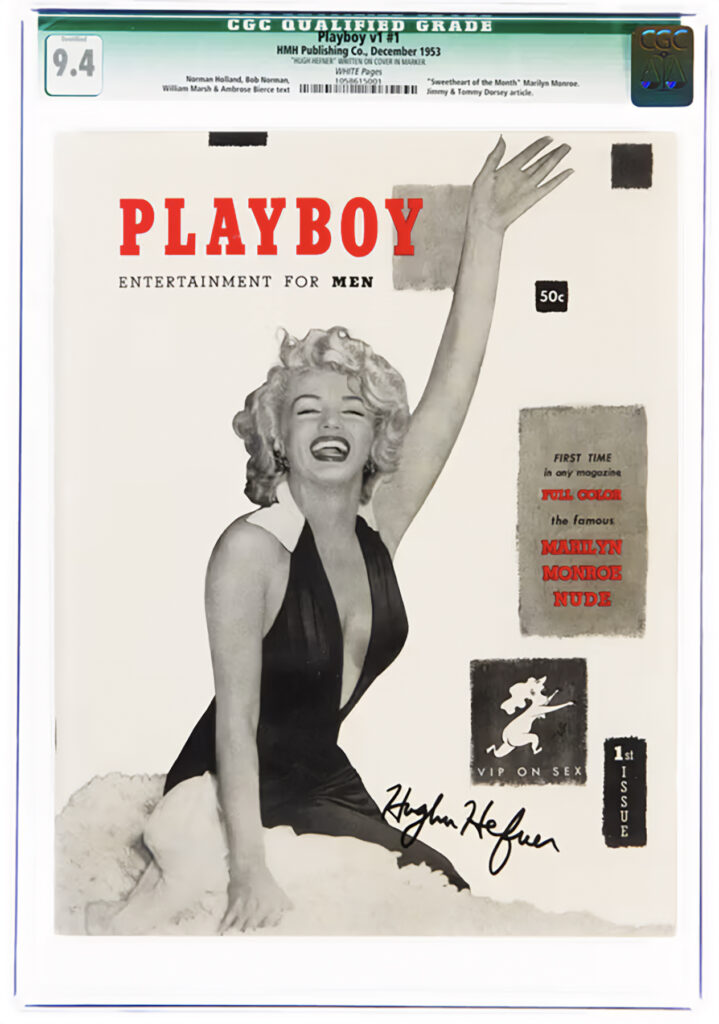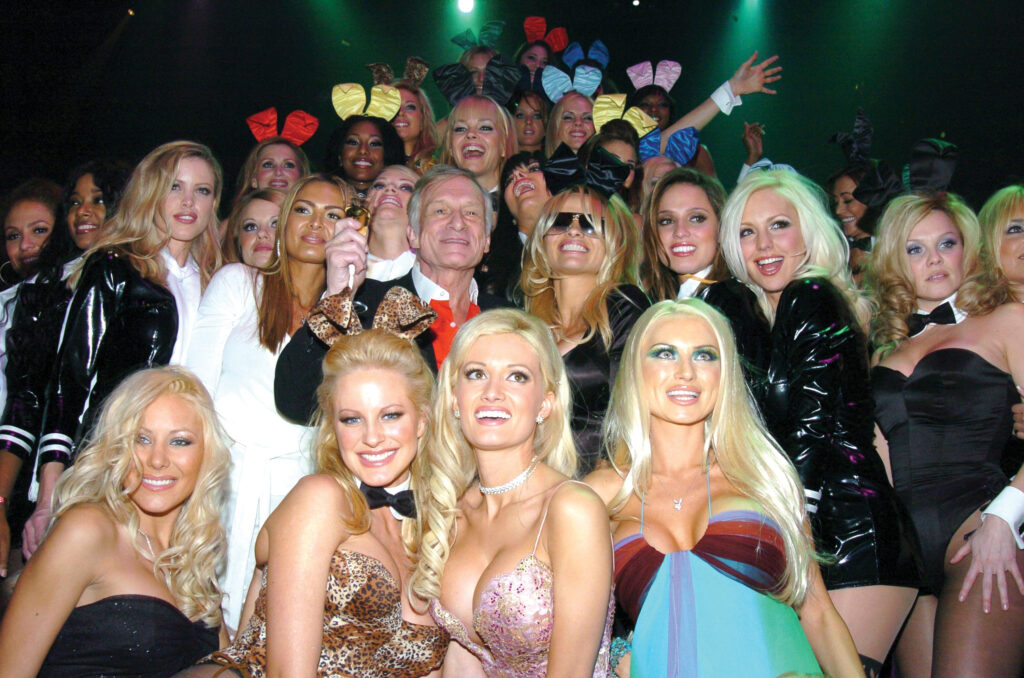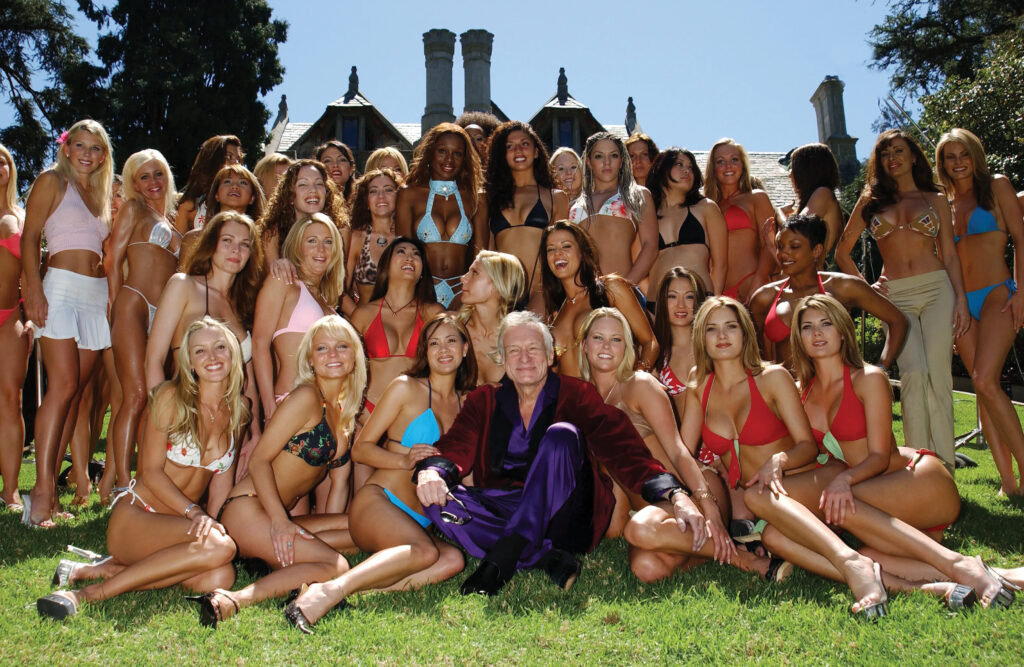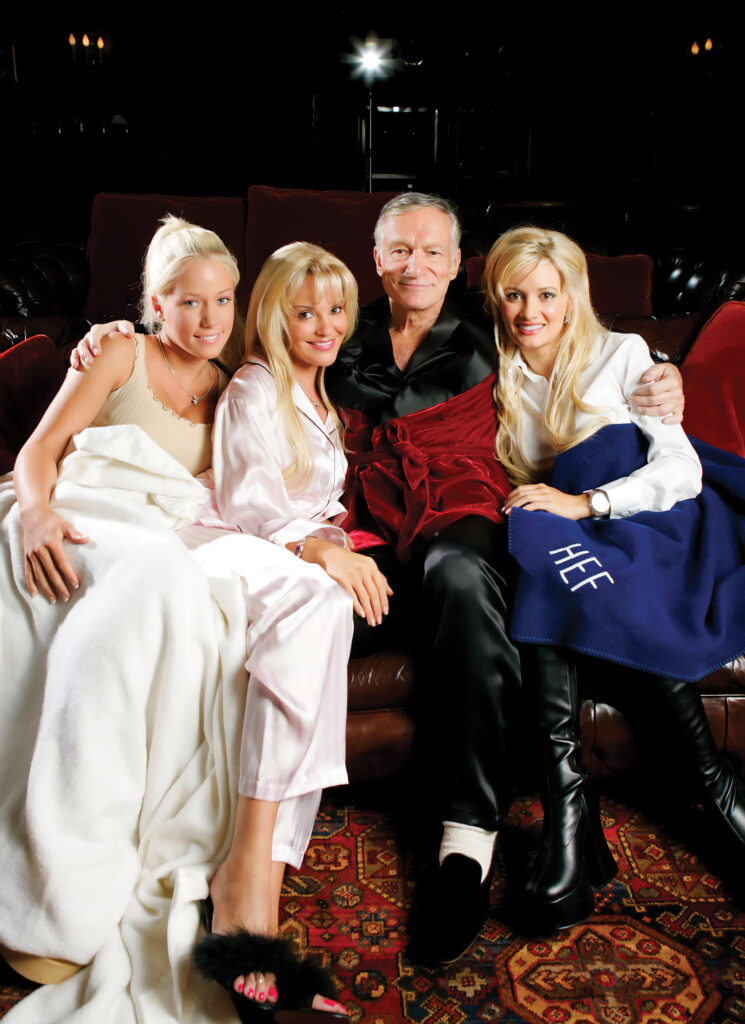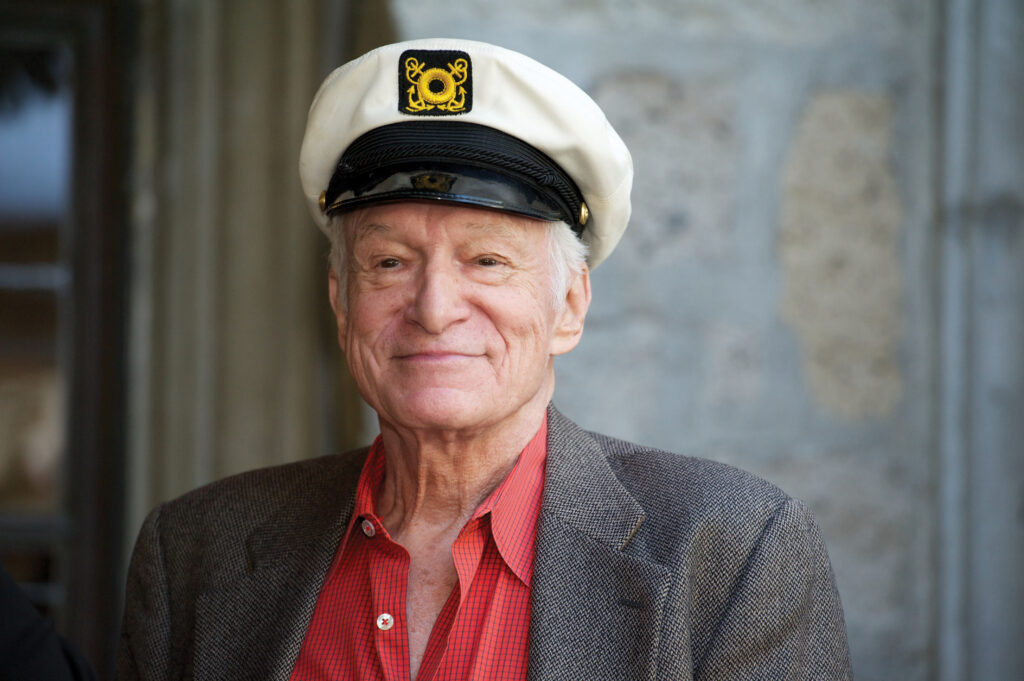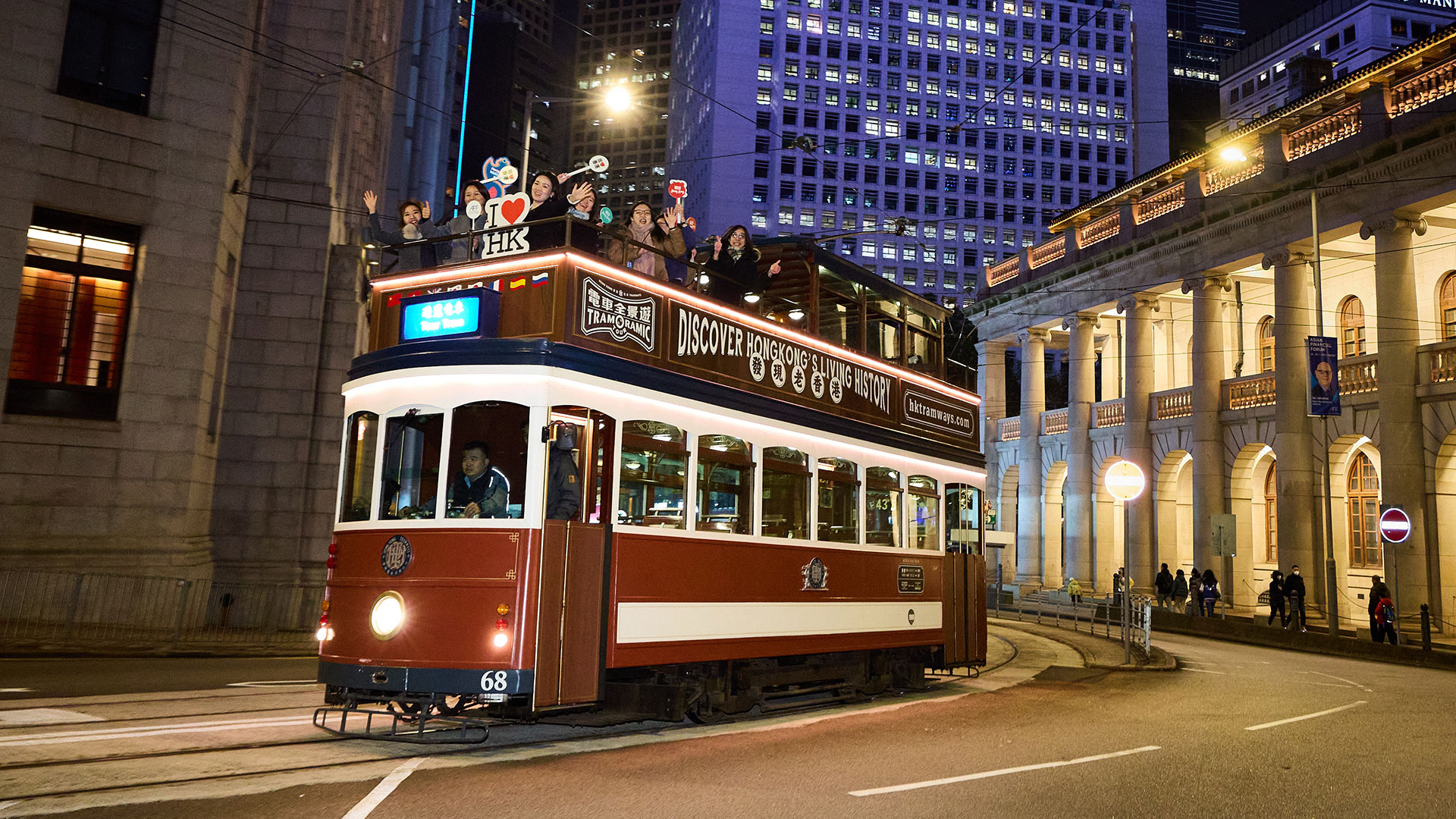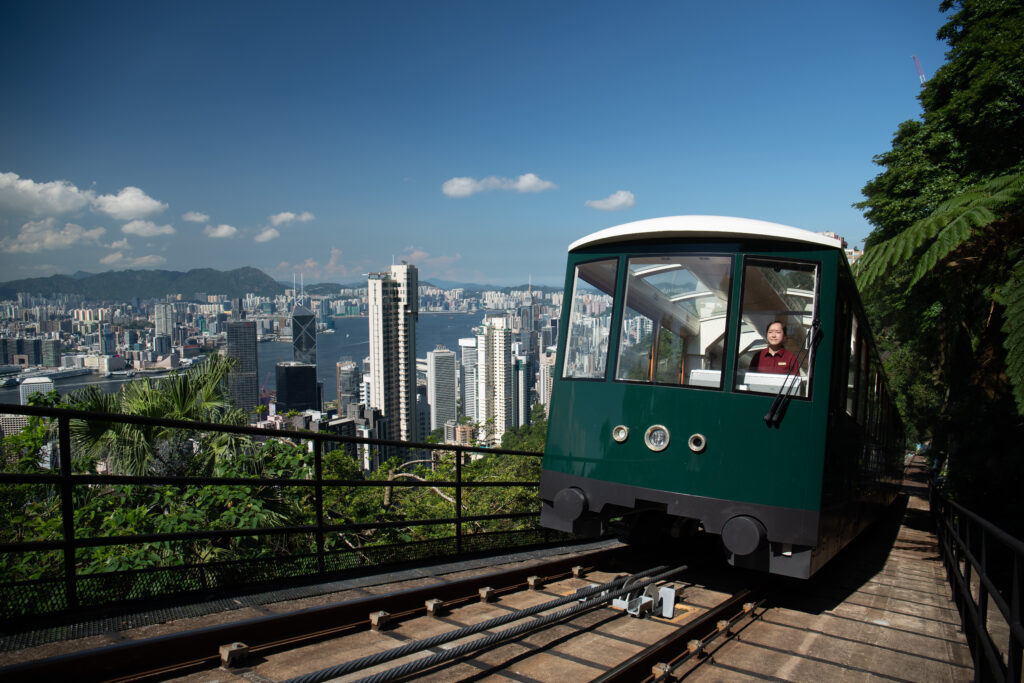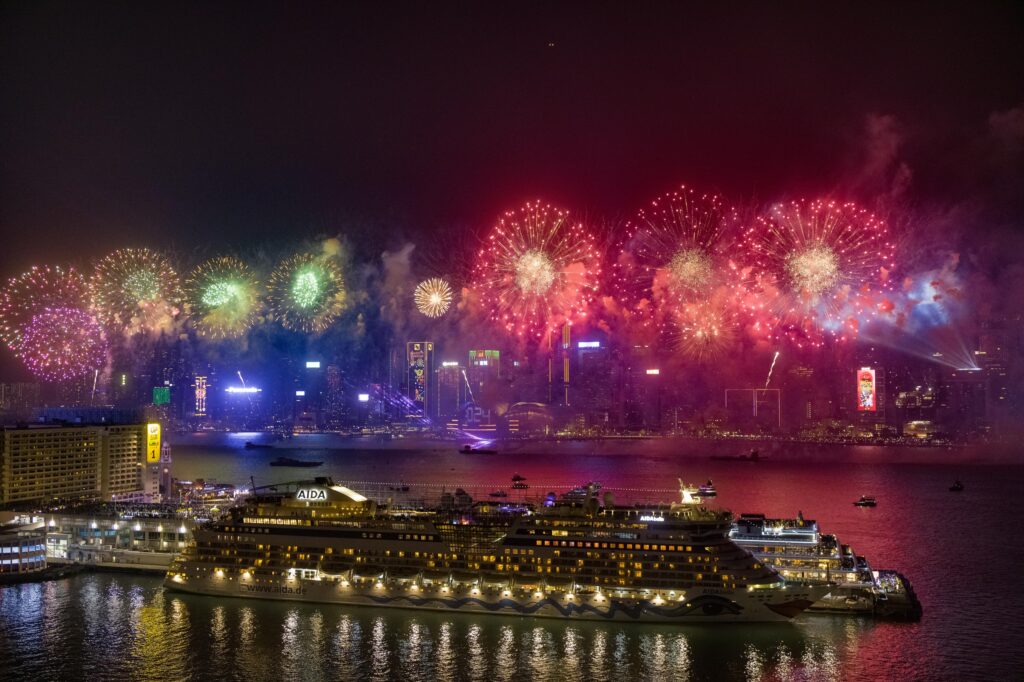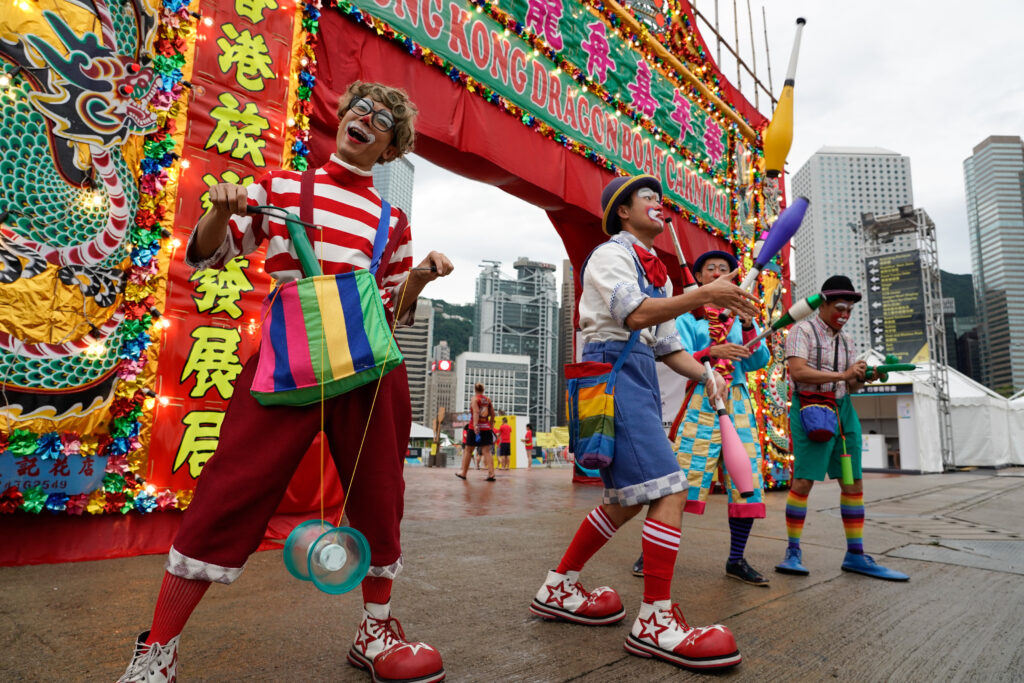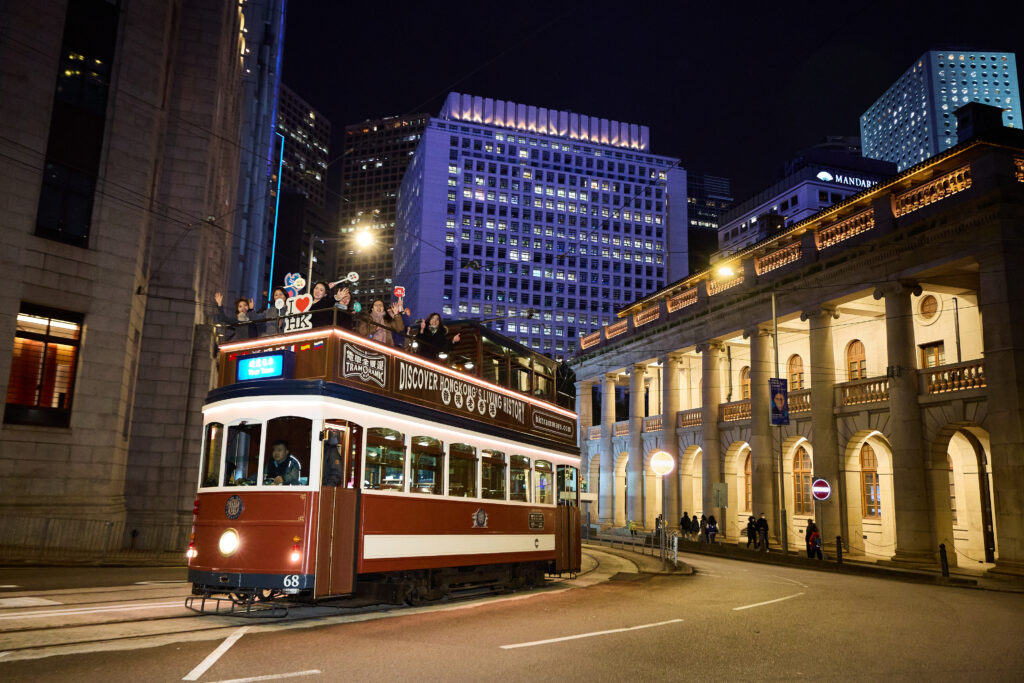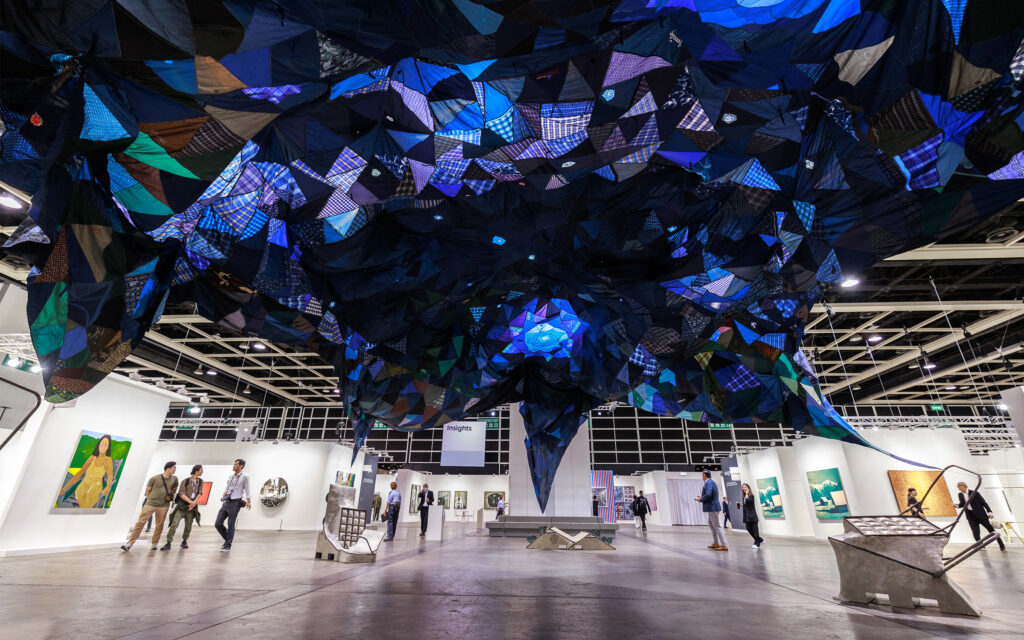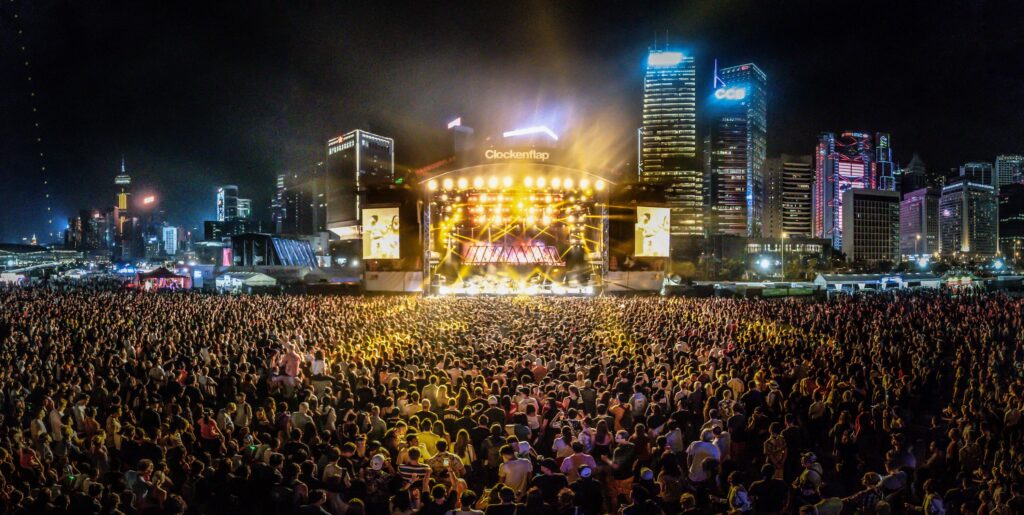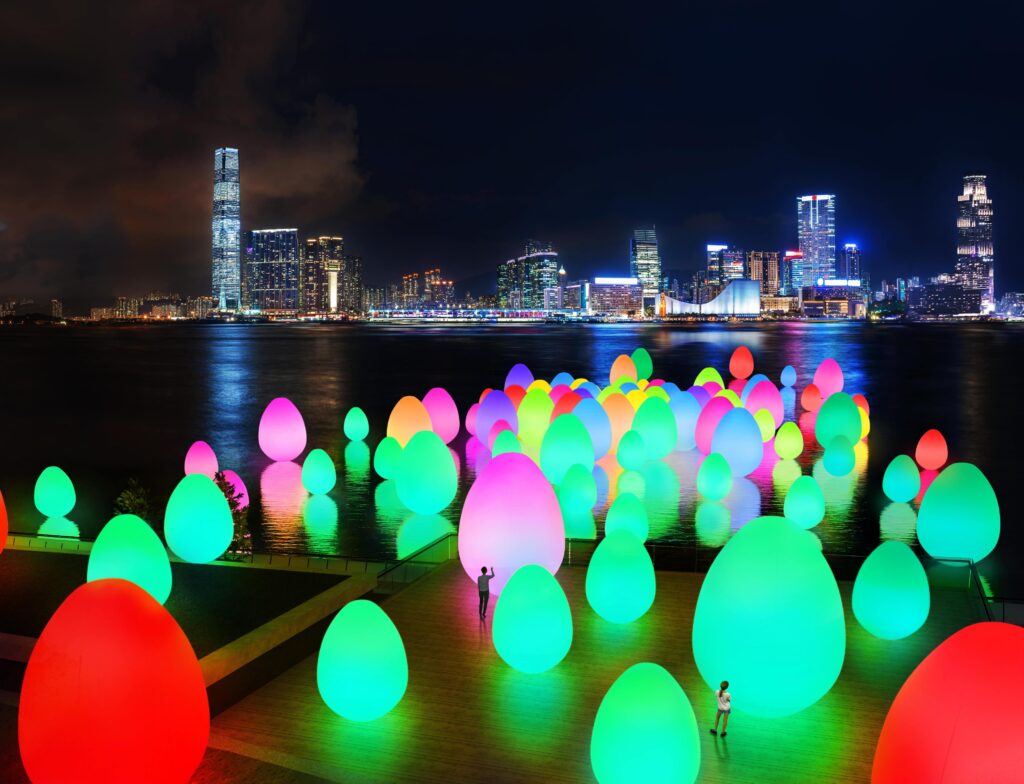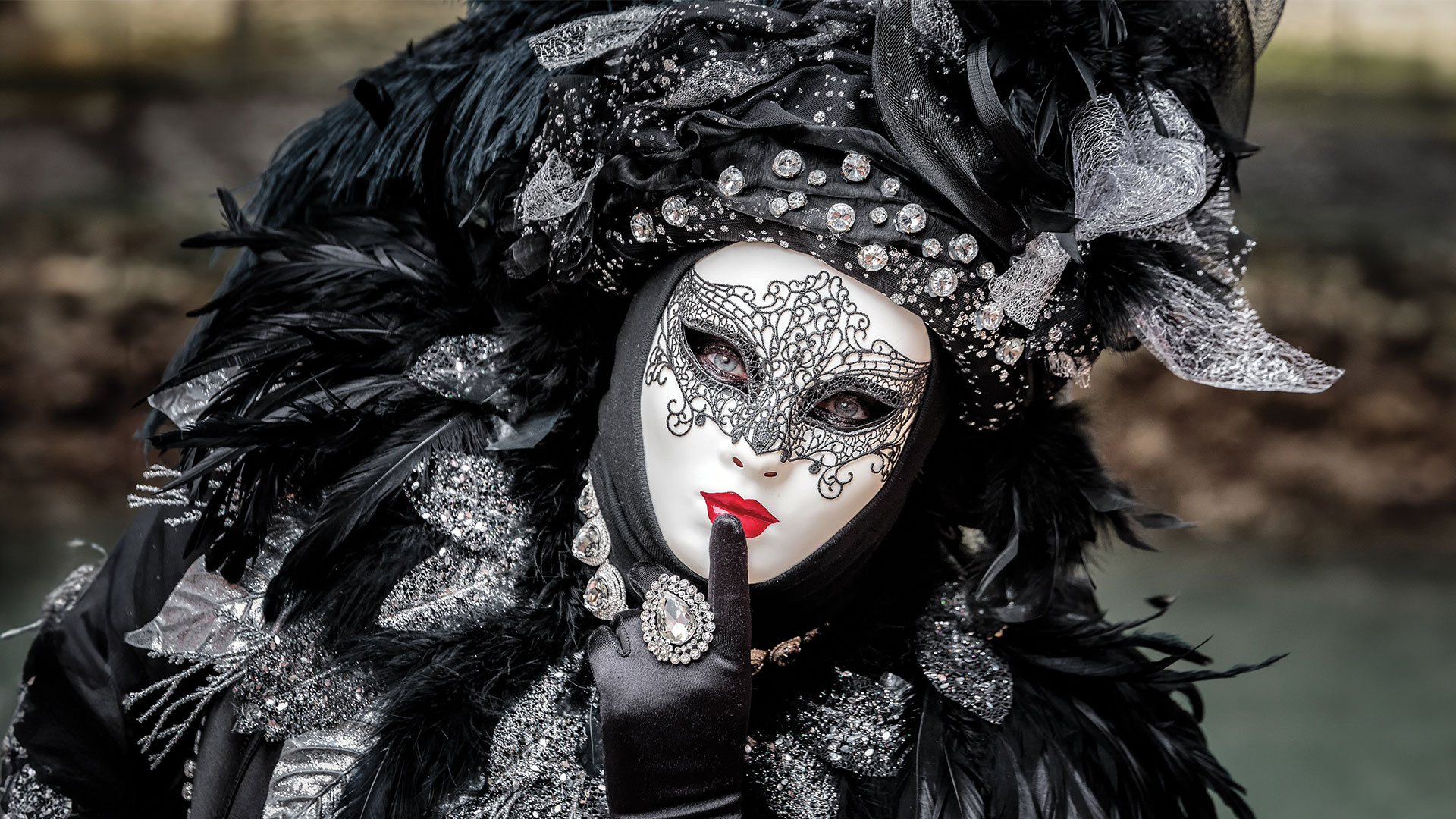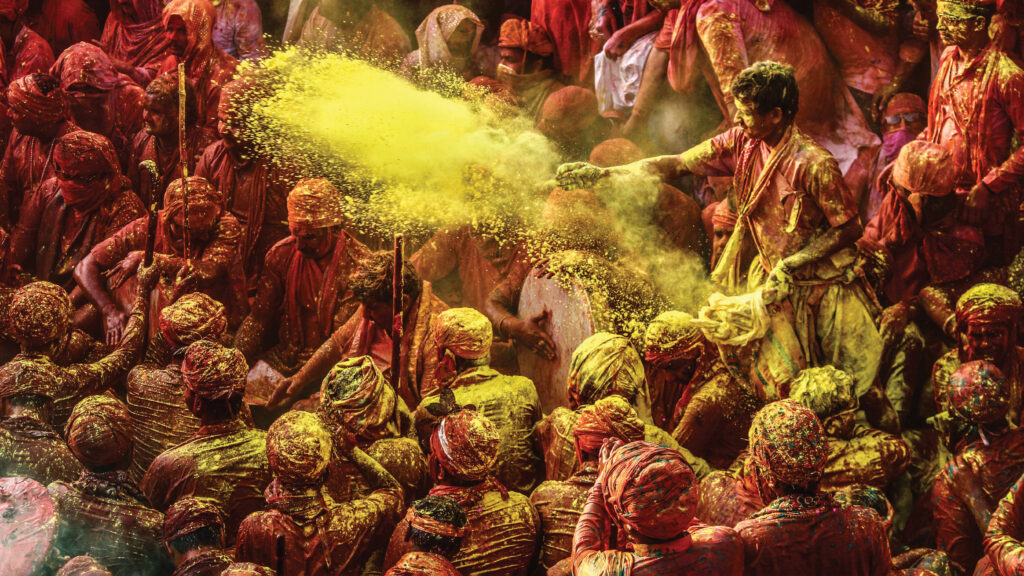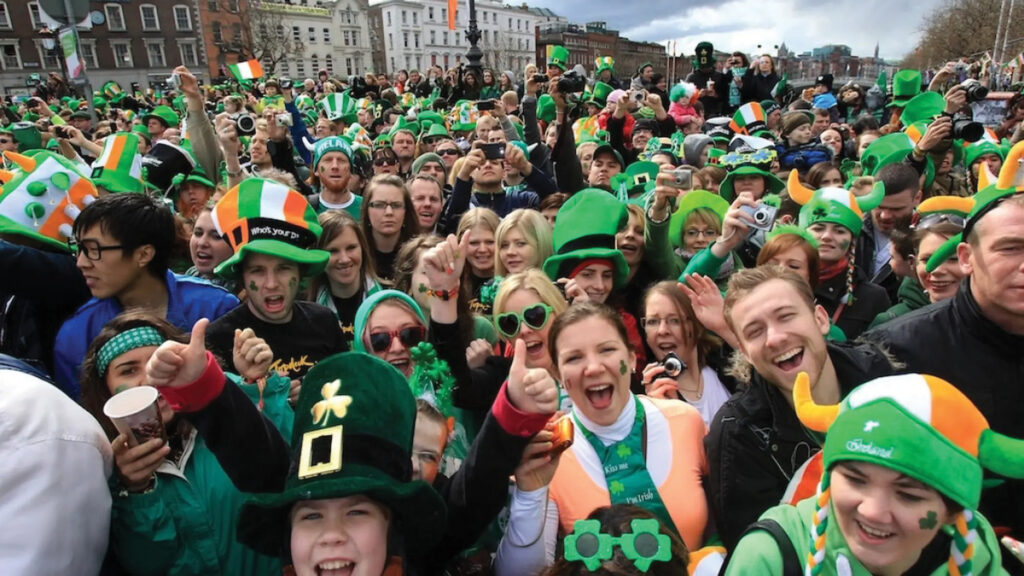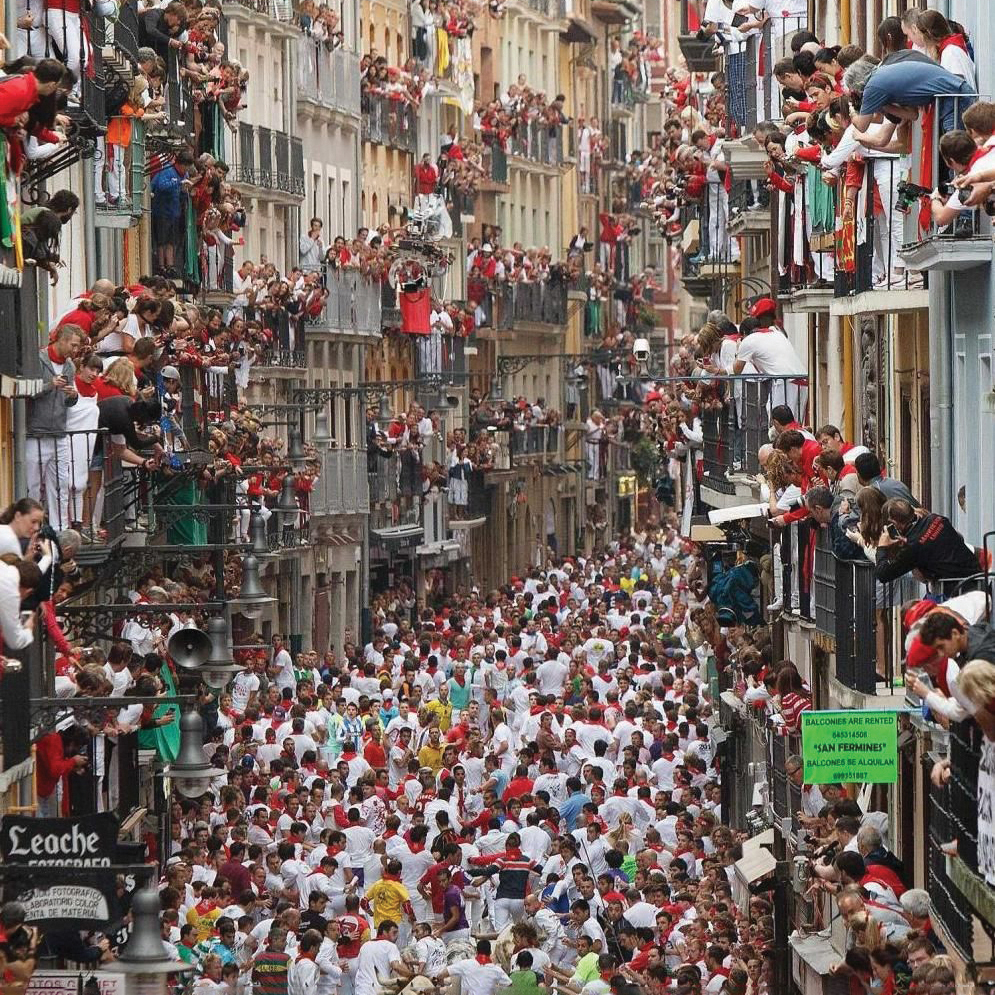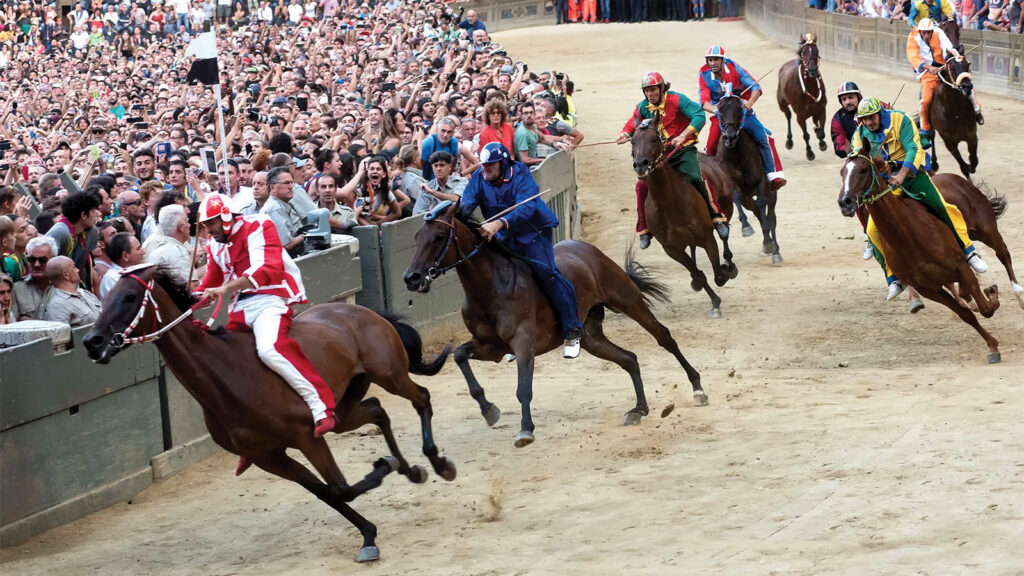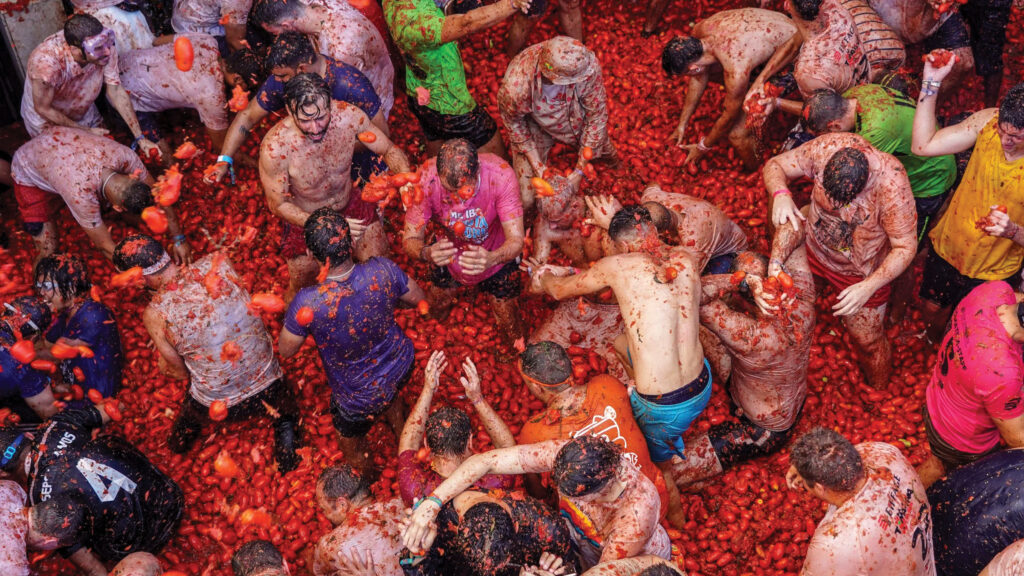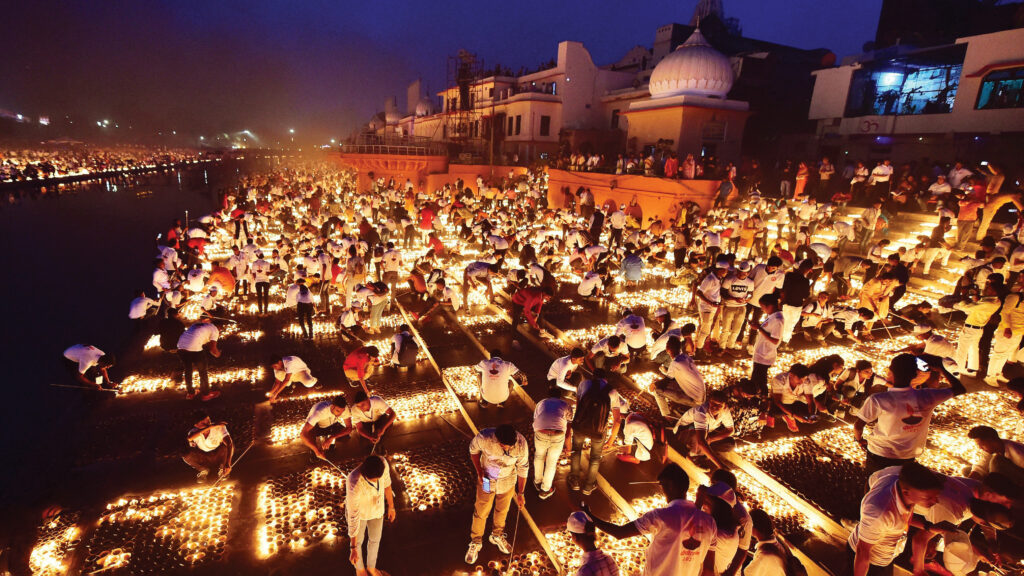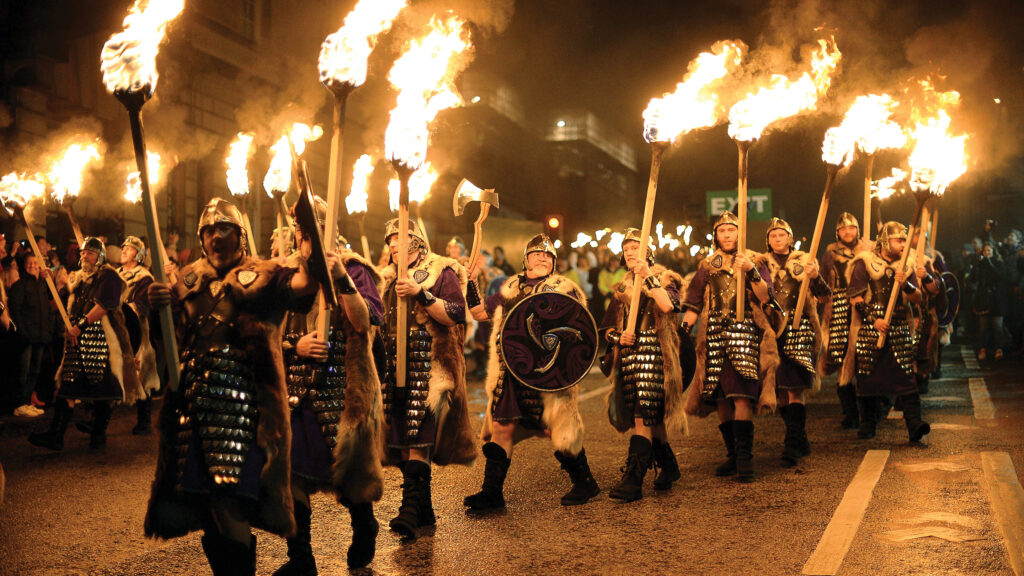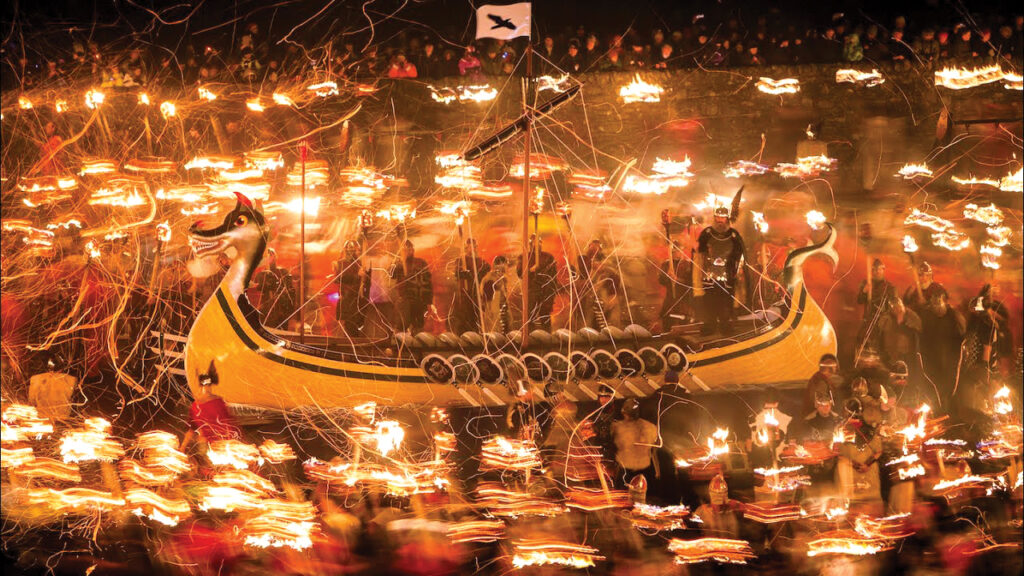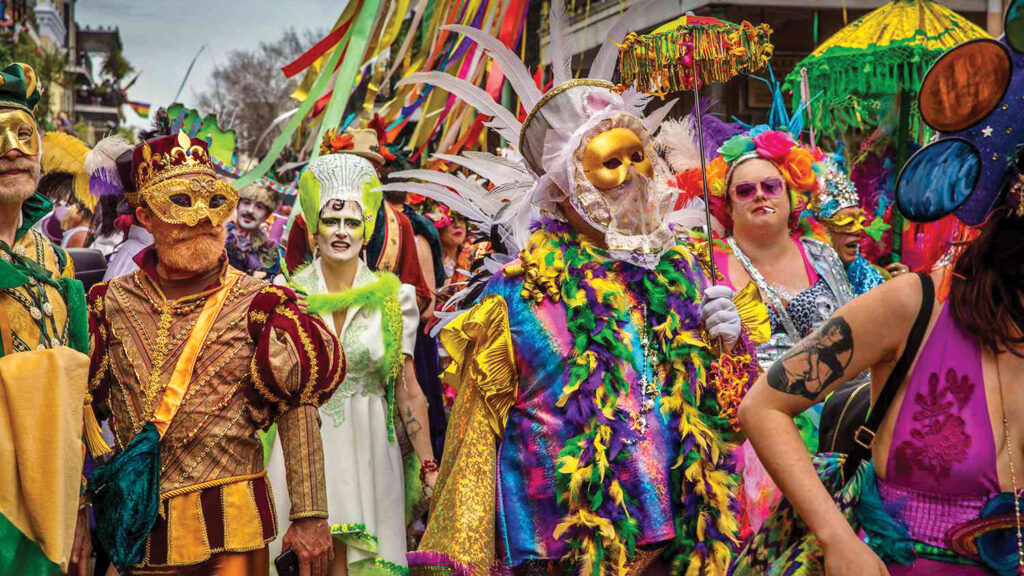Anne Hathaway has been a fixture in Hollywood for more than two decades, cementing her status as one of America’s most beloved and talented actresses. With her girl-next-door charm and undeniable acting chops, the ingénue has blossomed into an influential humanitarian and won over audiences worldwide.
Born in Brooklyn, New York in 1982, Hathaway was drawn to the performing arts and appeared in local theatre productions while still at school – her mother, Kate McCauley, was an actress. “I knew from a very early age that this is what I wanted to do with my life,” she reflects. “There was just something about being on stage that felt so natural and exhilarating to me.”
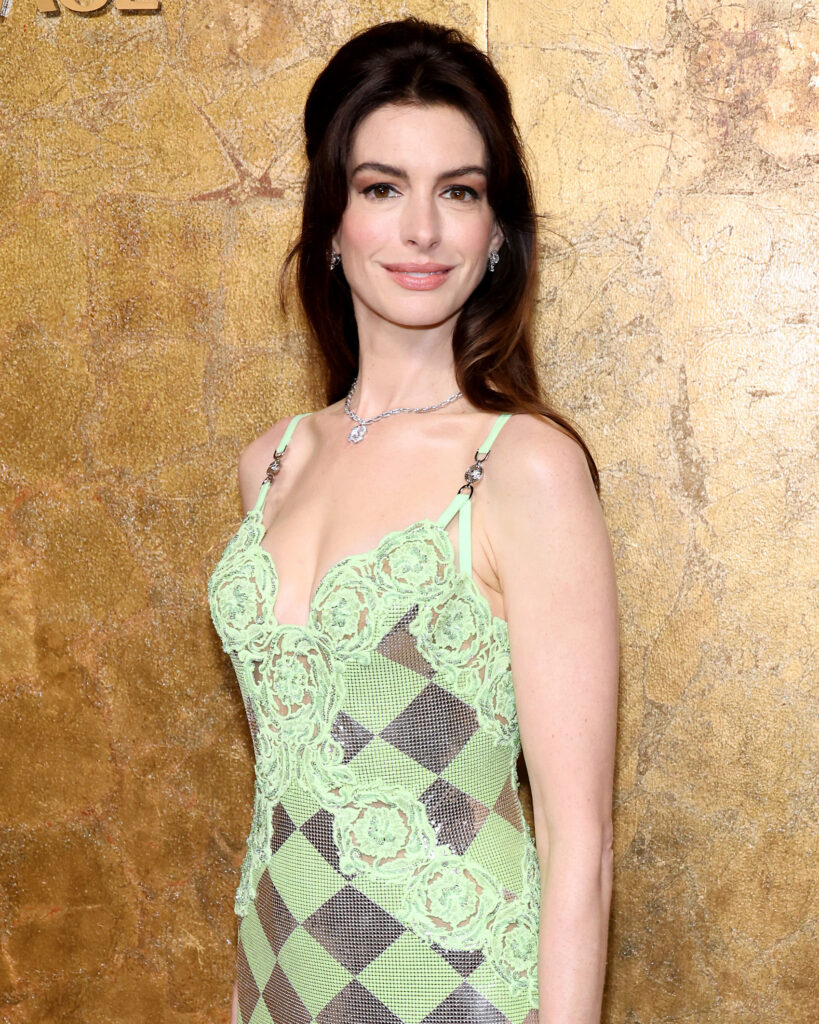
The family moved to New Jersey, where she graduated from Millburn High School and attended Vassar College before transferring to New York University’s Gallatin School of Individualized Study. Her breakout role came in 2001 when she was cast as the clumsy-yet-charming Princess Mia Thermopolis in The Princess Diaries. The movie was a runaway success, and Hathaway’s star began a rapid ascent.
Showing her versatility as an actor, she took on a variety of roles, from ground-breaking romance Brokeback Mountain (2005) and comedy The Devil Wears Prada (2006) to iconic musical Les Misérables (2012), for which she won an Academy Award for Best Supporting Actress.
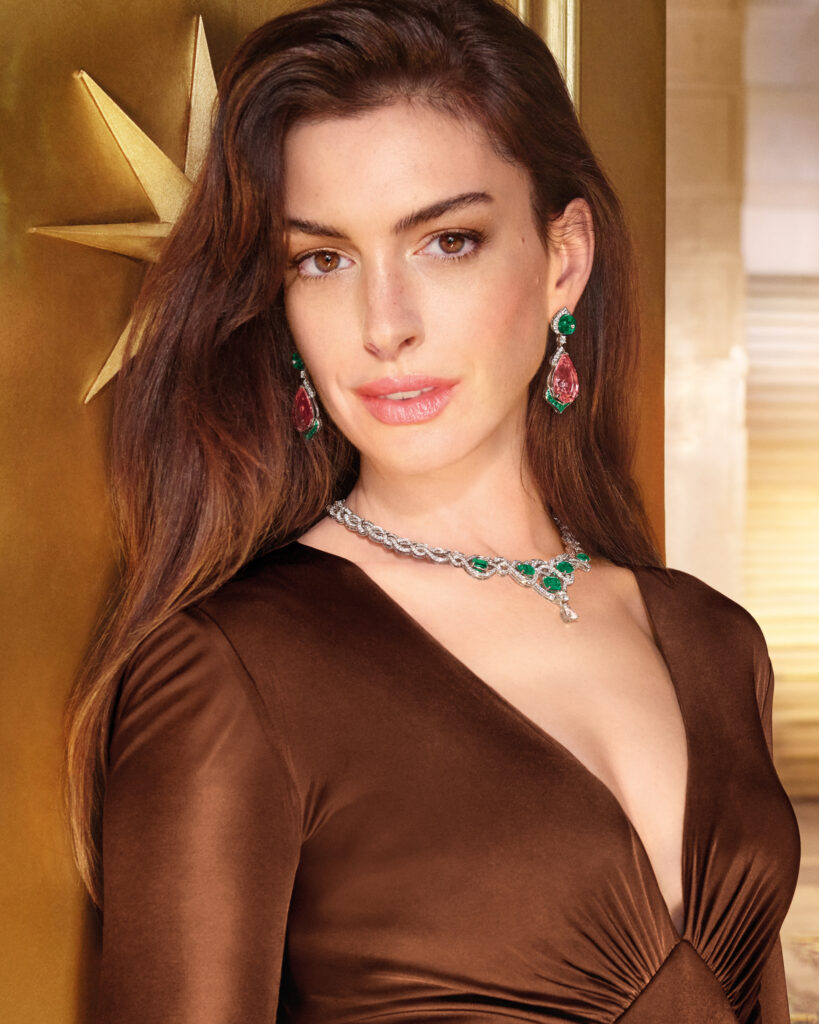
“As an actor, I’m always looking to push myself and tackle roles that will allow me to grow and explore new emotional terrain,” says Hathaway, who turns 42 in November. “Fantine (a single mother forced into prostitution in Les Misérables) was one of the most demanding and rewarding parts I’ve ever had the privilege of playing.”
Her modus operandi is to immerse herself completely in her roles. For Fantine, she shed 25 pounds and resolved to shave her head after researching that this look was genuine to the historical period. She also insisted on more than 20 takes of her character’s lament, I Dreamed a Dream, despite the fact that director Ang Lee thought she had nailed it on the fourth attempt.

She gets so into the zone when filming that she feels as if she leaves her body: “The truth is that you let go. You black out a little bit. You come up at the end and you’re like, ‘What just happened?’”
Positive Outlook
Hathaway has spoken candidly about her approach to life and happiness. “I think the most important thing is to find what you love and just go for it,” she once said. “Don’t let fear or self-doubt hold you back.”
She also emphasises the importance of self-care and finding balance in life. “It’s so easy to get caught up in the hustle and bustle of this industry, but I’ve learned that it’s crucial to take time for yourself. Whether it’s a yoga session, a long walk, or just a quiet moment of reflection, those moments of self-care are what keep me grounded and happy.”
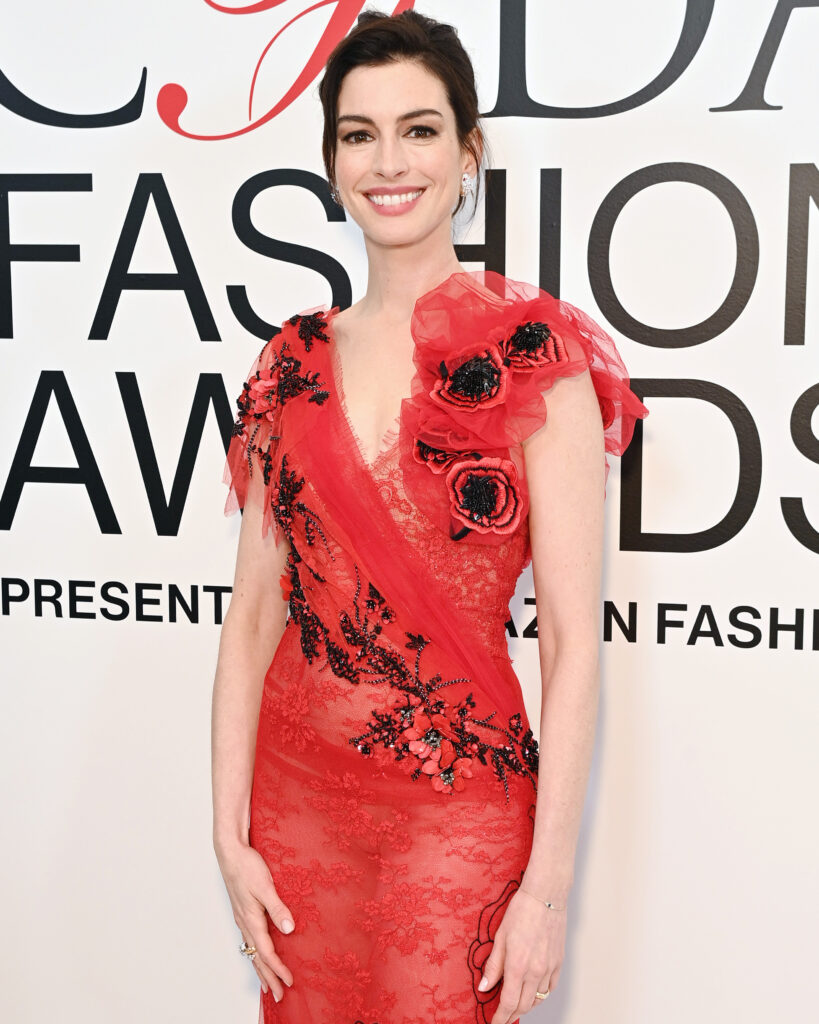
Hathaway’s commitment to authenticity and willingness to show vulnerability have also been sources of inspiration for her fans. “I’ve had my fair share of ups and downs, and I think it’s important to be honest about that,” she says. Her first husband, Italian property developer Raffaello Follieri, was imprisoned for fraud in 2008. “It’s not always easy, but I believe that by embracing our flaws and our struggles, we can find true happiness and fulfilment.”
She believes she is now less stressed and nicer as a mother to Jonathan, eight, and Jack, four – her sons with actor-producer Adam Shulman whom she married in 2012 – and applies that gentleness to herself: “When I was younger, the way that I knew how to improve was by being hard on myself. There’s a ceiling to that path. I had to relearn what it means to have a drive but to do it in a nurturing way. And that’s when you go, ‘Oh, if there’s a ceiling, I haven’t discovered it yet.’”
A Voice for Good
Off-screen, Hathaway uses her platform to advocate for important causes. She is a long-time supporter of the Nike Foundation’s efforts to empower adolescent girls in developing countries, lending her celebrity to raise awareness and funds for initiatives in education, healthcare and economic opportunities. In addition, she has been a vocal advocate for LGBTQ+ rights and mental health issues, using her social-media platform to speak out against discrimination and destigmatise conversations about mind wellness. She has also participated in fundraisers and public awareness campaigns related to these causes, demonstrating her commitment to using her influence to create positive change.
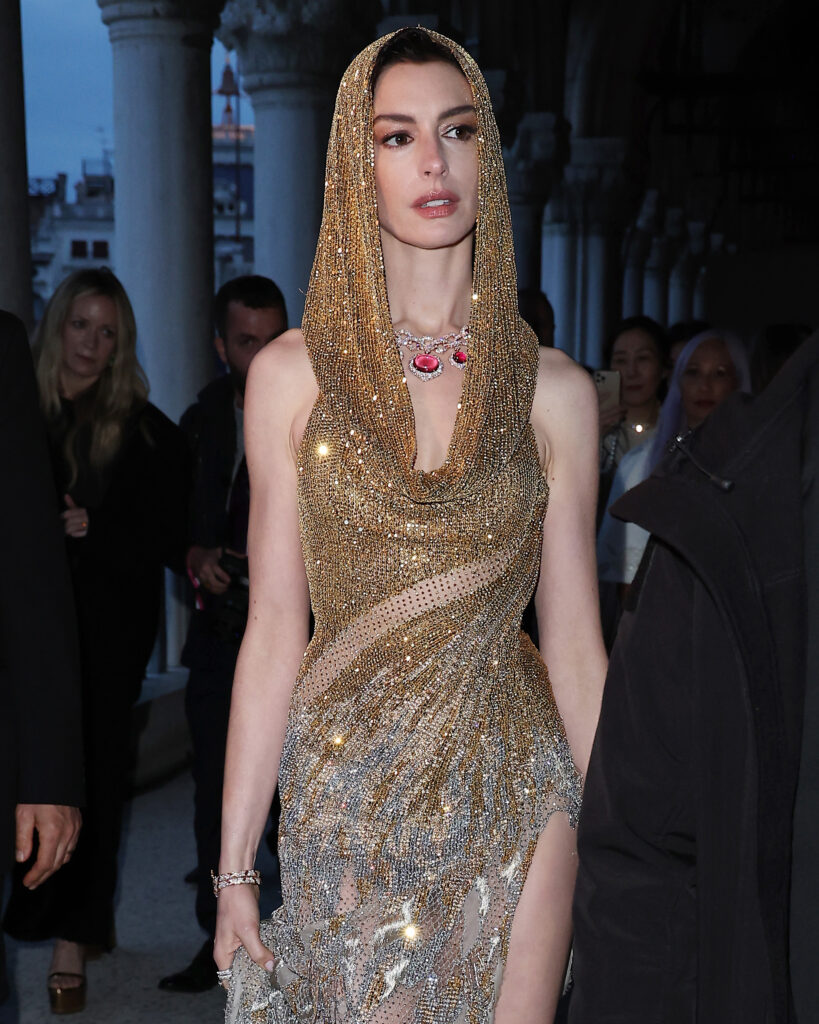
“I believe that we all have a responsibility to use our voice and platform to make a positive difference,” she remarks. “These are issues that are deeply important to me, and I’m honoured to be able to lend my support.”
Through her philanthropic work and willingness to use her voice for important social issues, Hathaway has consistently shown that she is dedicated to making a meaningful impact beyond her achievements in the entertainment industry. Her determination to do good serves as an inspiring example for her fellow celebrities and the general public alike.
Future Path
From Disney adolescent princess to celestial monarch in Tim Burton’s Alice In Wonderland (2010), Anne Hathaway is a real Hollywood blue blood. Paradoxically, she is the go-to girl next door; intellectual and alluring; and as loved by women as she is cherished by men. She shows no signs of slowing down, continuing to captivate audiences with her work. She earned praise for her role as WeWork founder Adam Neumann’s wife Rebekah in the Apple TV+ miniseries WeCrashed (2022), starred in this year’s Amazon Prime romantic comedy The Idea of You, and will appear opposite Ewan McGregor in the sci-fi movie Flowervale Street next year.

When reflecting on her remarkable career, Hathaway emphasises the importance of staying true to oneself. “The best advice I can give is to find what lights you up and pursue it with passion and authenticity,” she says. “That’s the path to true fulfilment, both professionally and personally.”
Guided by her inspiring talent, unwavering dedication and compassionate spirit, Anne Hathaway’s remarkable journey serves as a testament to the power of following your dreams – and underlines how celebrities can use their platform to make a difference in the world.



